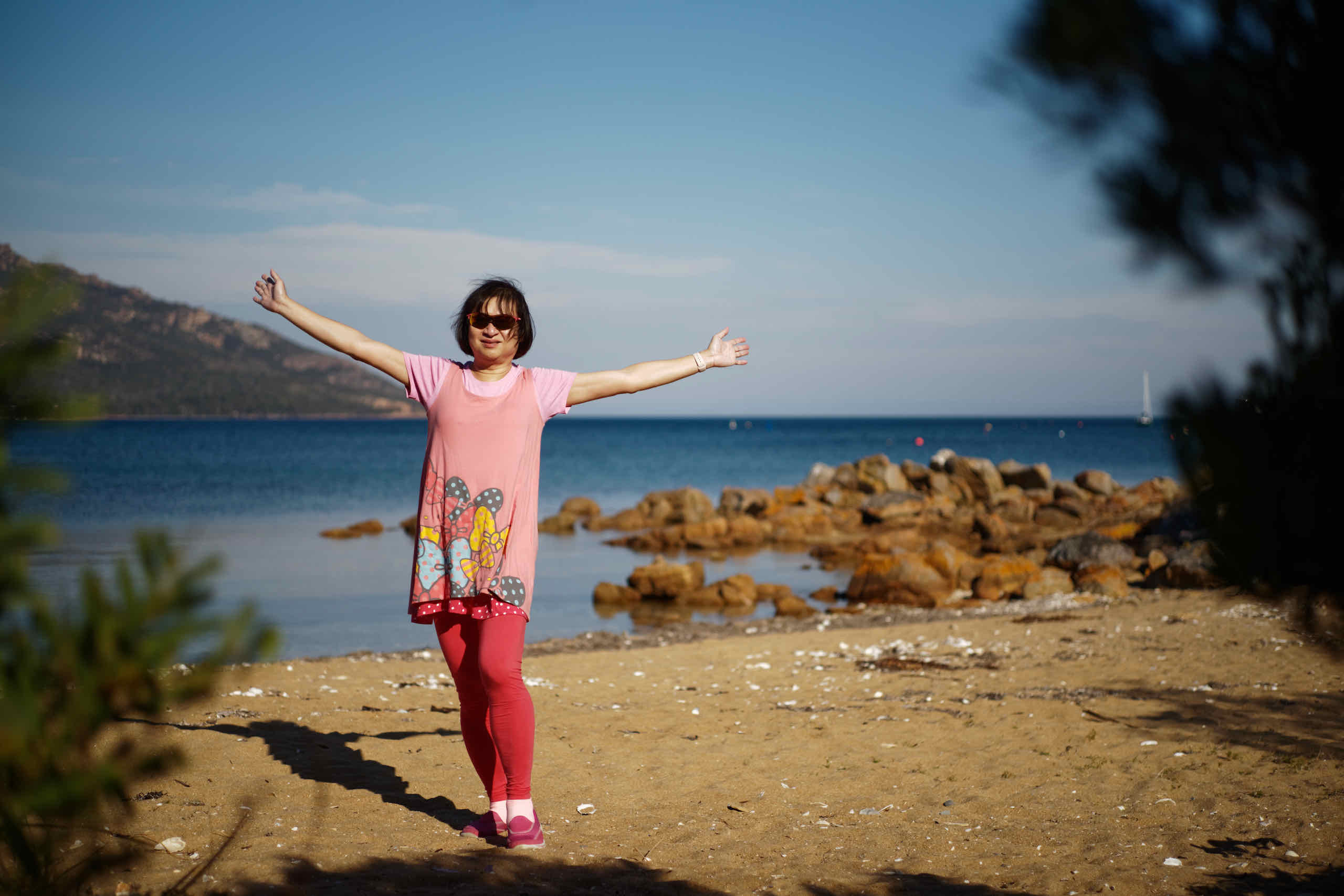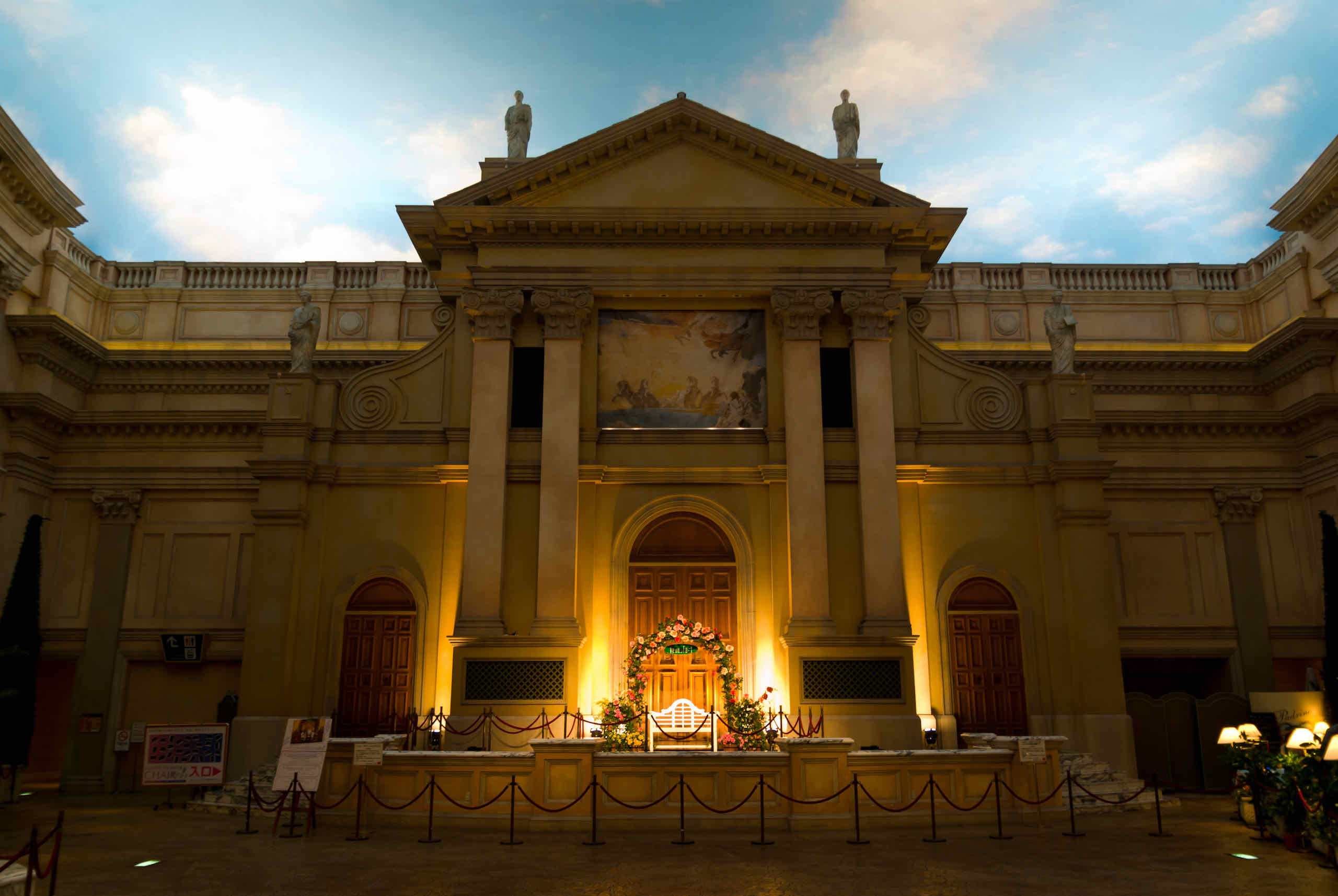
Venus Fort is a completely over the top shopping centre in Palette Town, Odaiba, designed to look like a medieval European town.
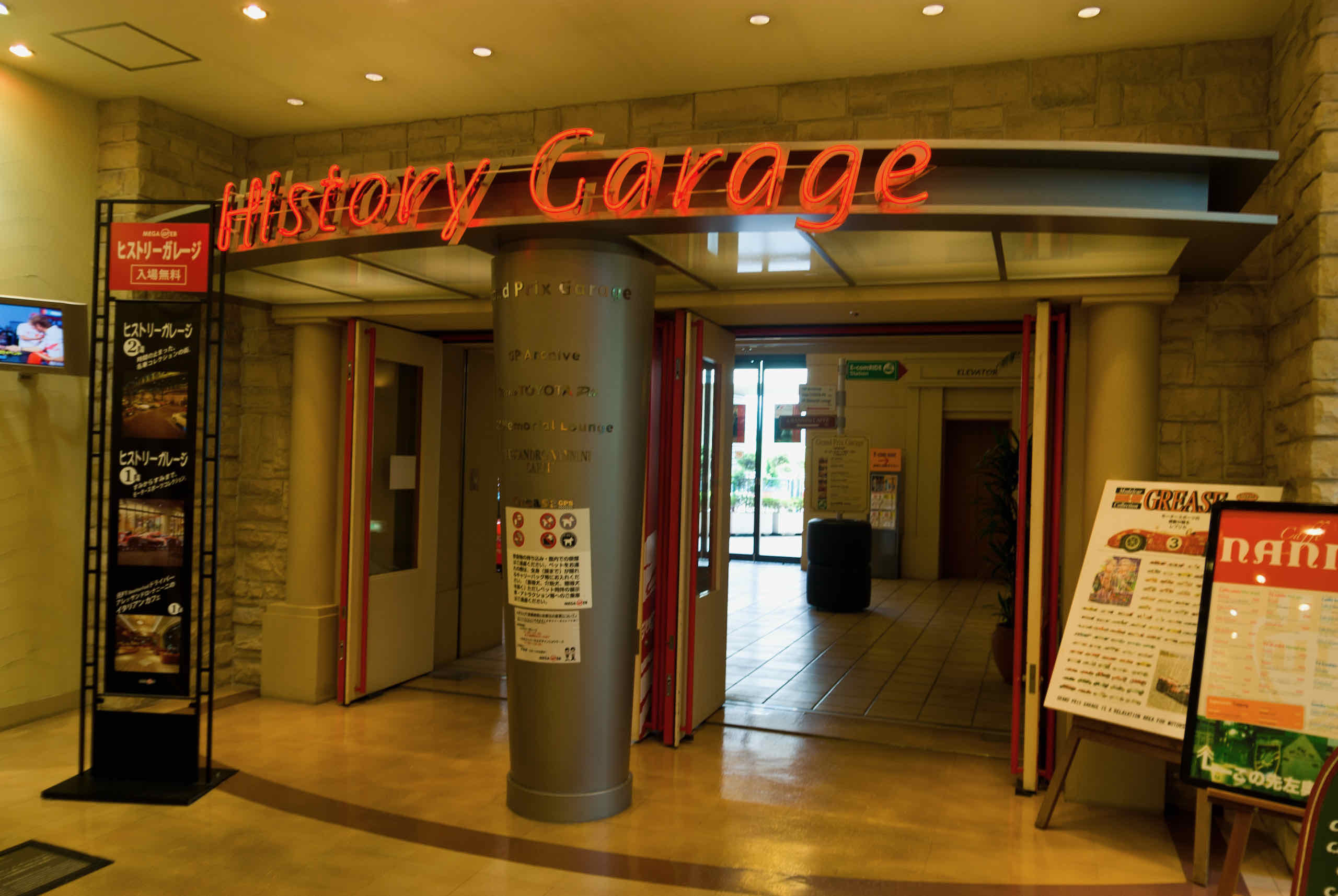
Mega Web History Garage is a museum located at the basement of Venus Fort and features historic cars, motorsports and nostalgia.
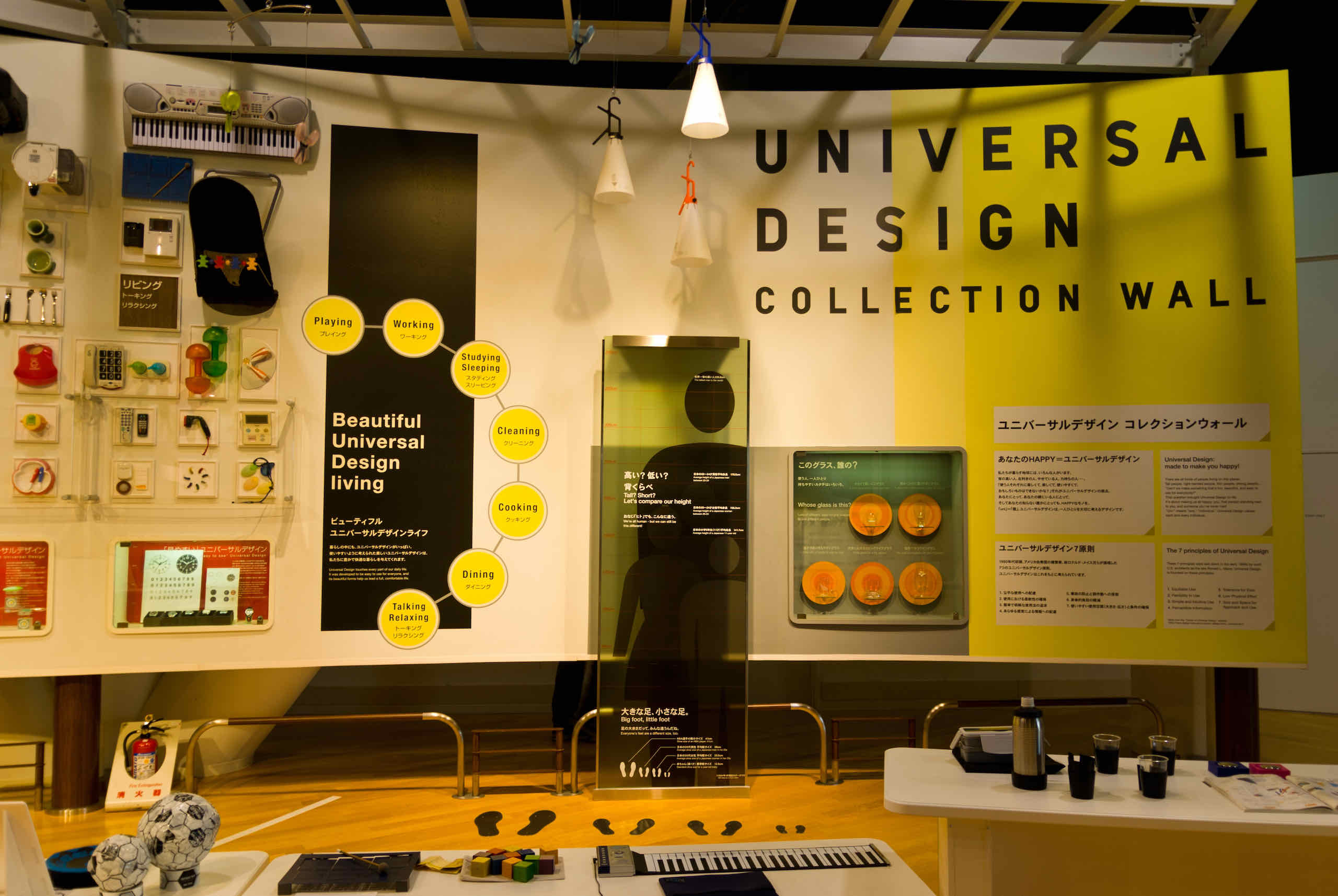
Toyota Universal Design Showcase allows a visitor to "touch and feel" various elements of Toyota design and innovation.
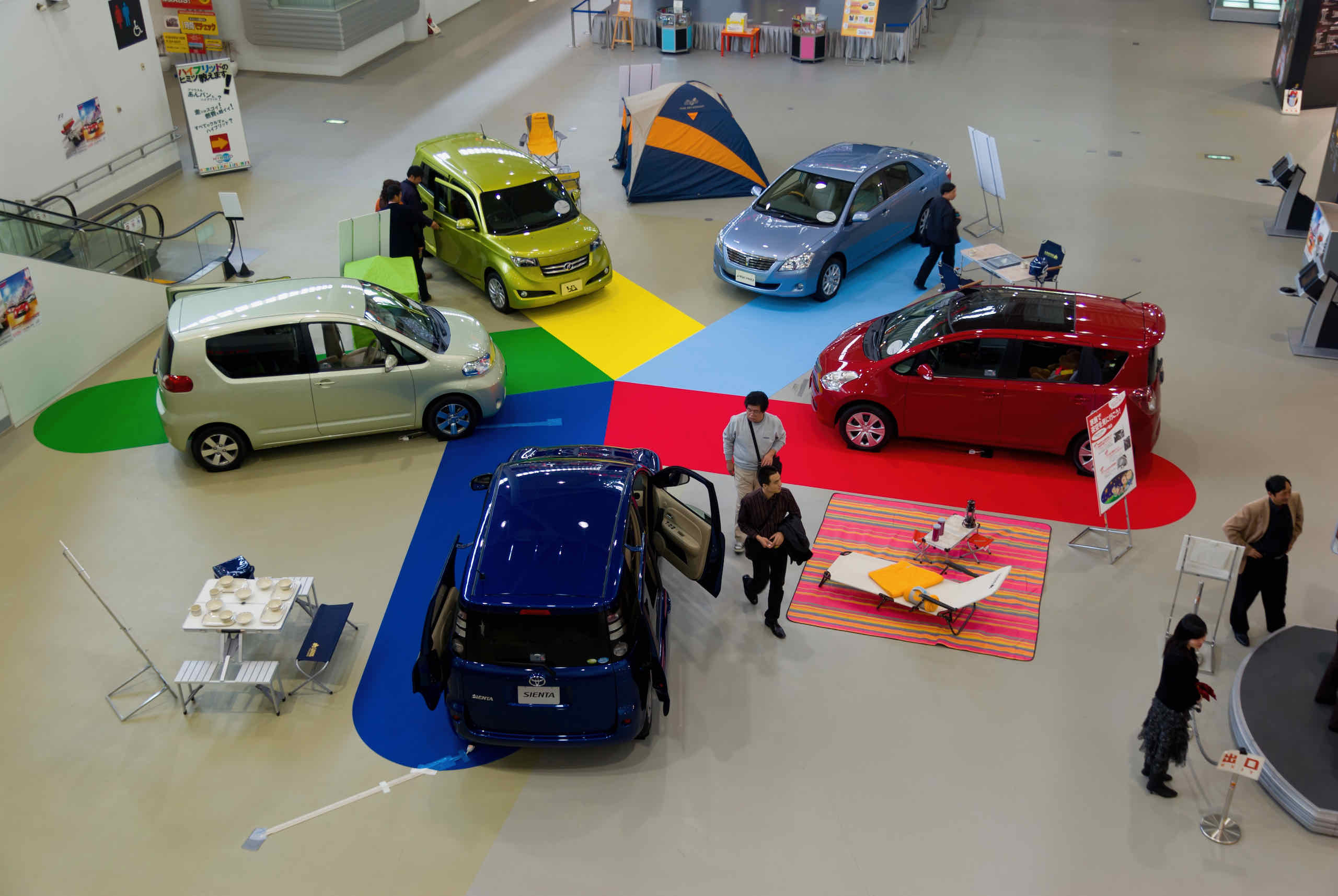
The Toyota City Showcase is probably the world's largest Toyota car showroom, and features exhibits and hands on experiences.
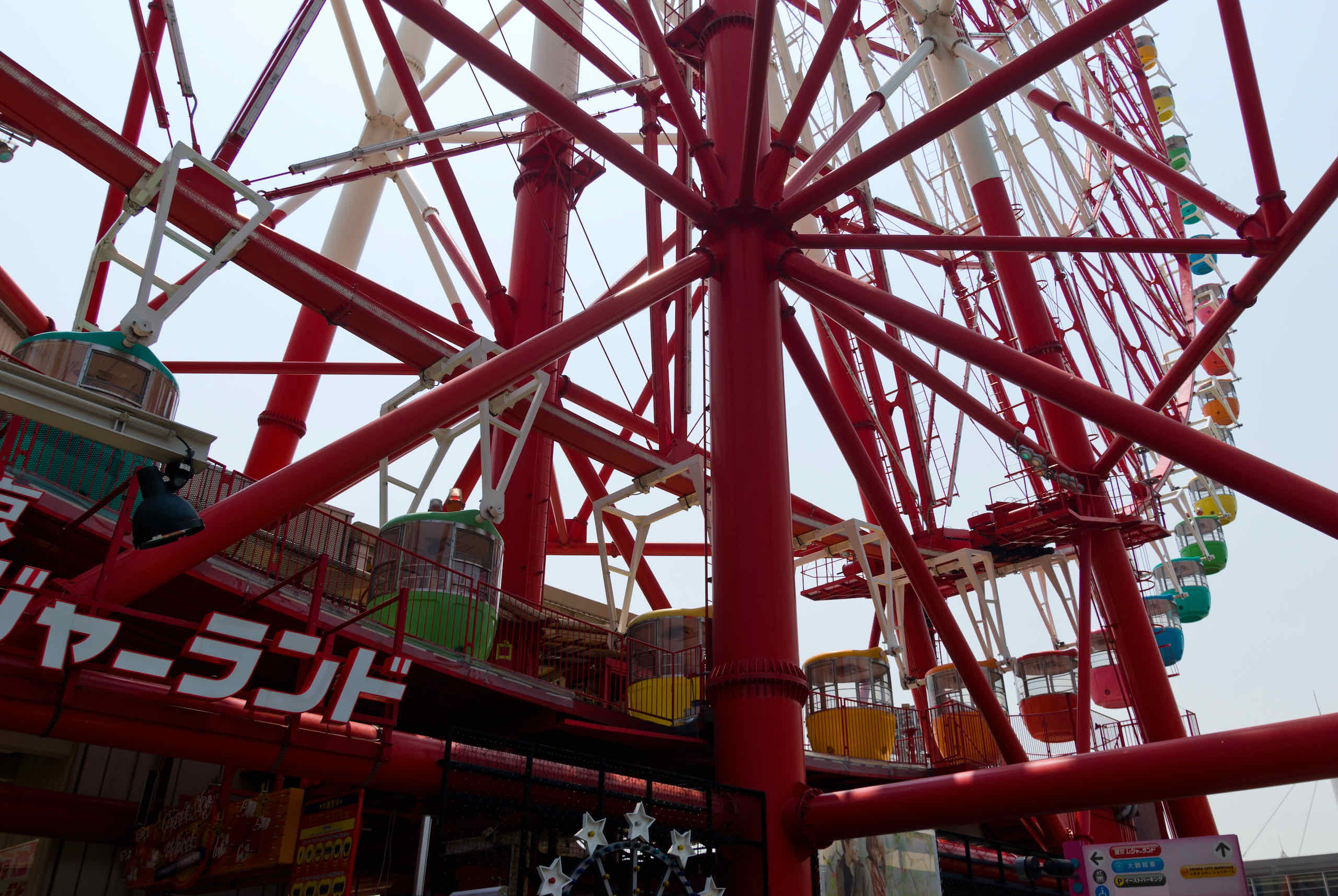
Palette Town is a shopping mall and entertainment complex containing a giant red ferris wheel plus Toyota's showcase centre (Mega Web).
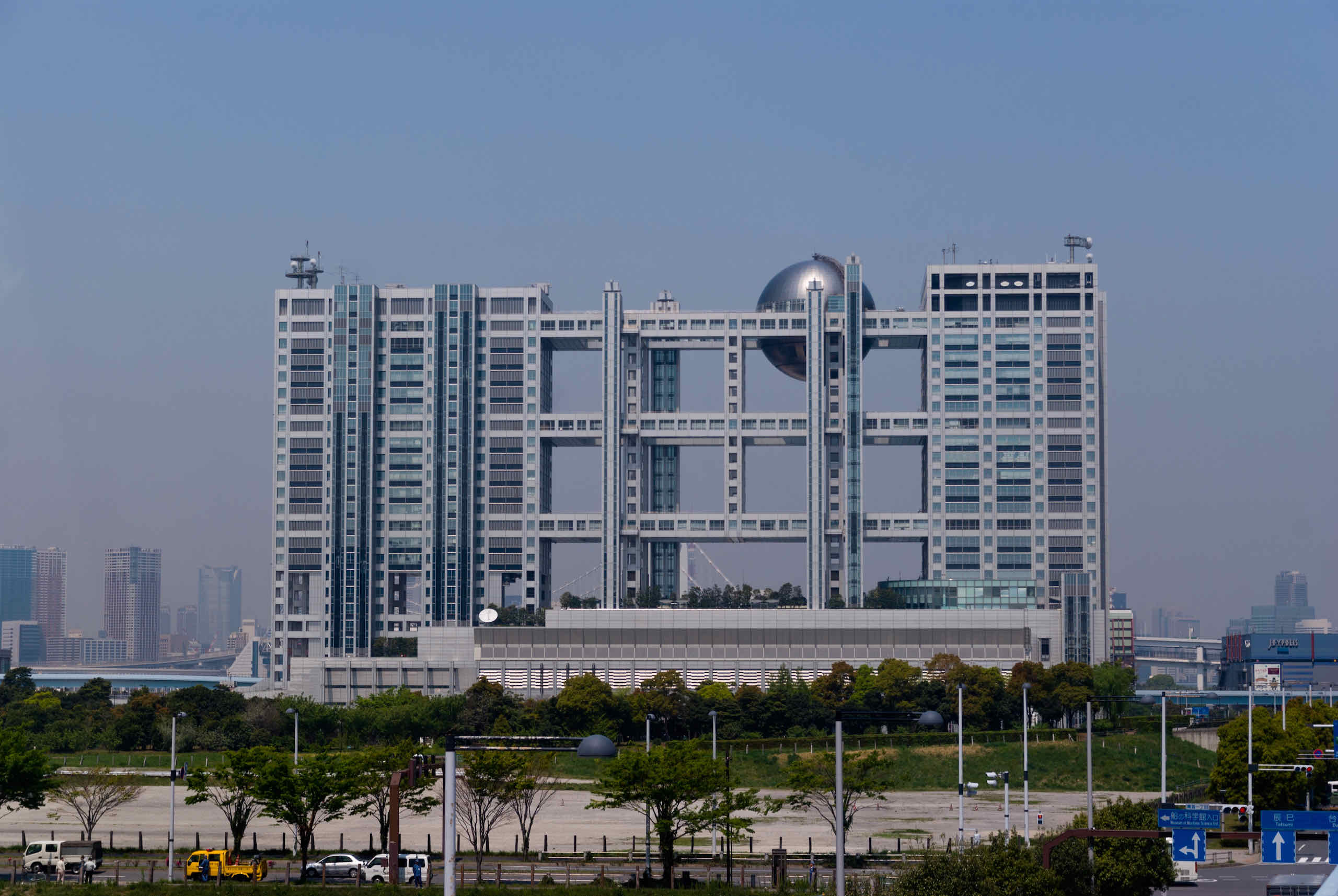
Odaiba is an artificial island built from reclaimed land in Tokyo Bay. It has ultra-modern buildings looking like a science fiction film.
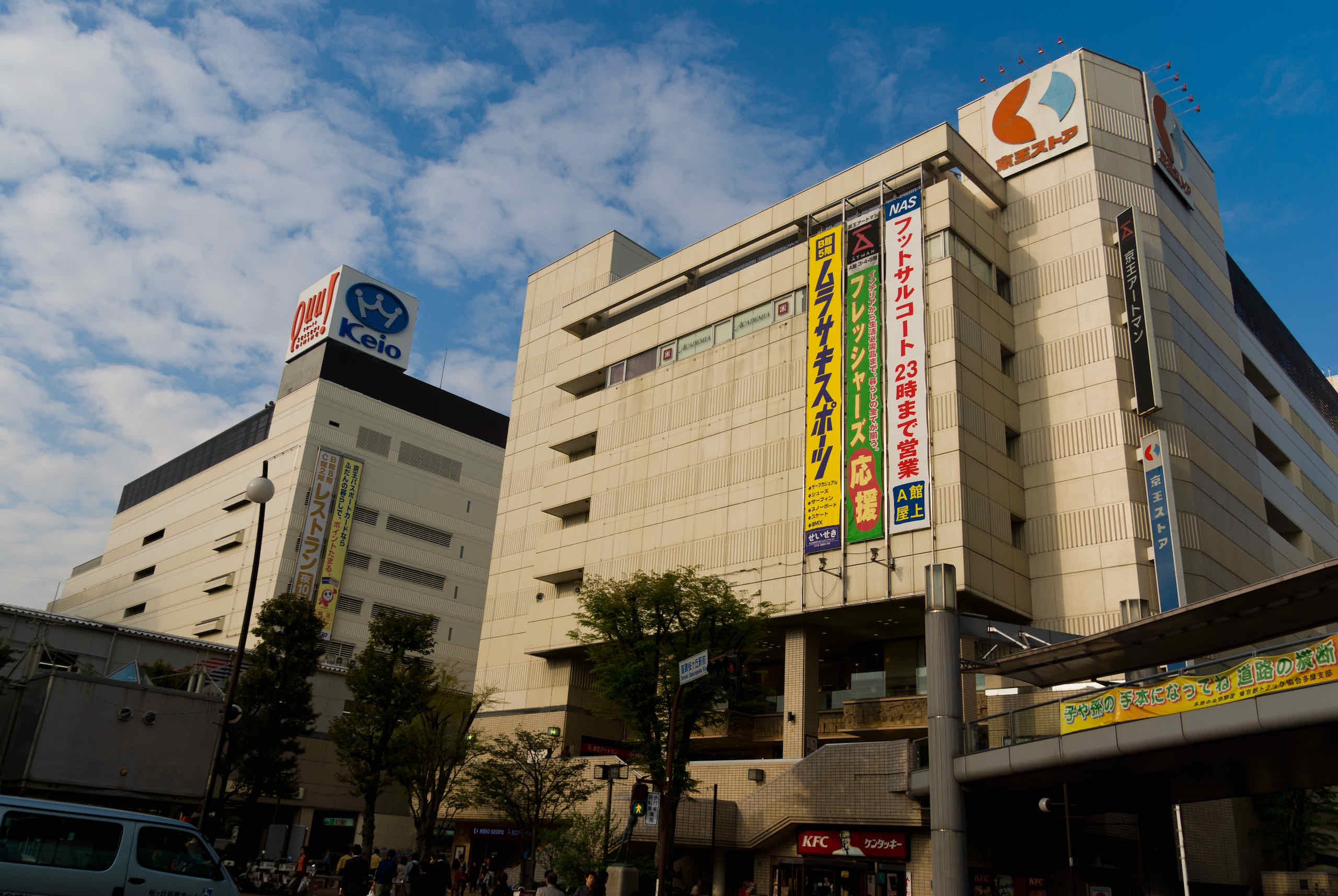
Seiseki-Sakuragaoka was the inspiration for the location used in the animation film 「耳をすませば」 (Whisper of the Heart).
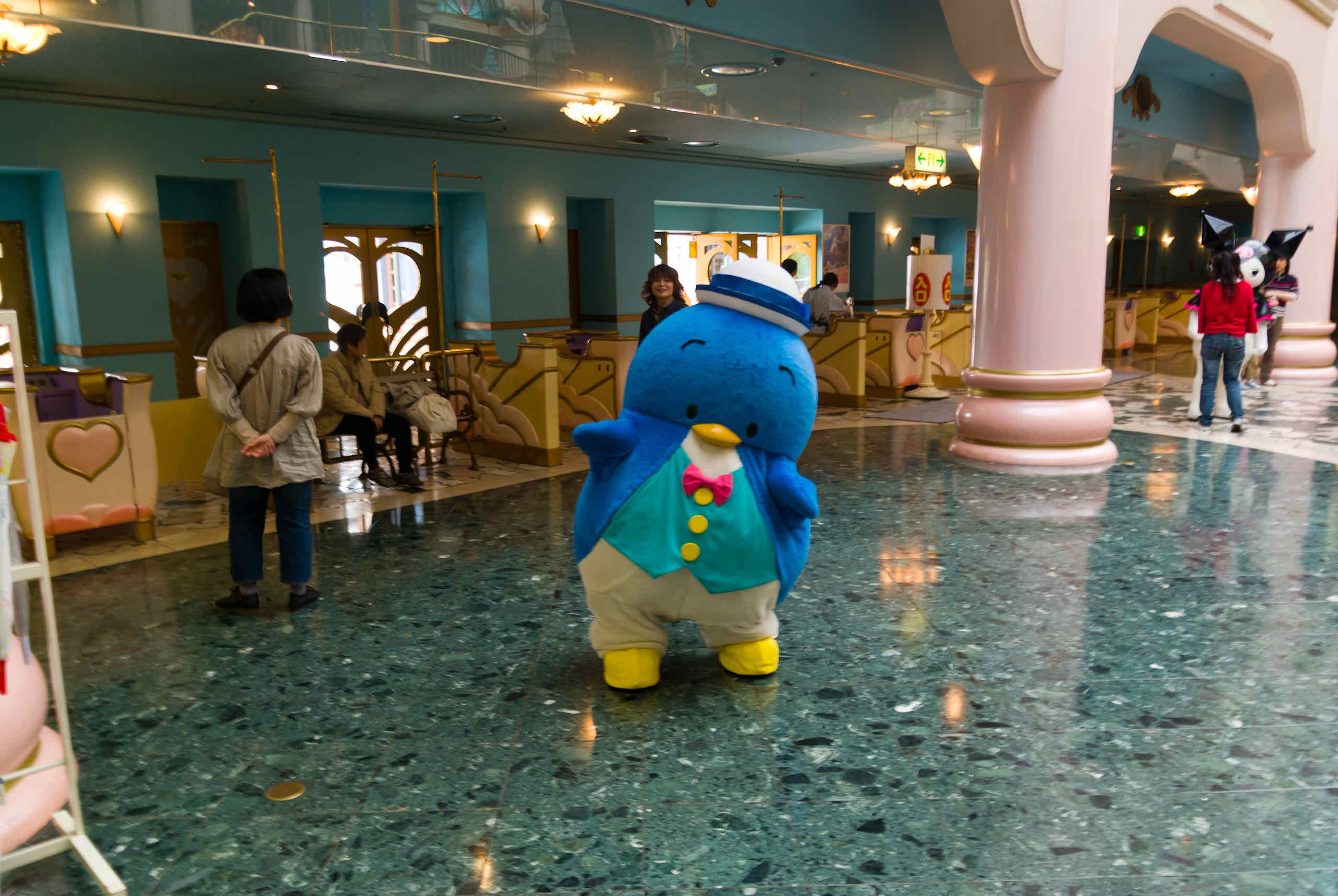
Well, sad though it may be - eventually we decided we have seen everything and therefore it was time to leave Sanrio Puroland (sob!).
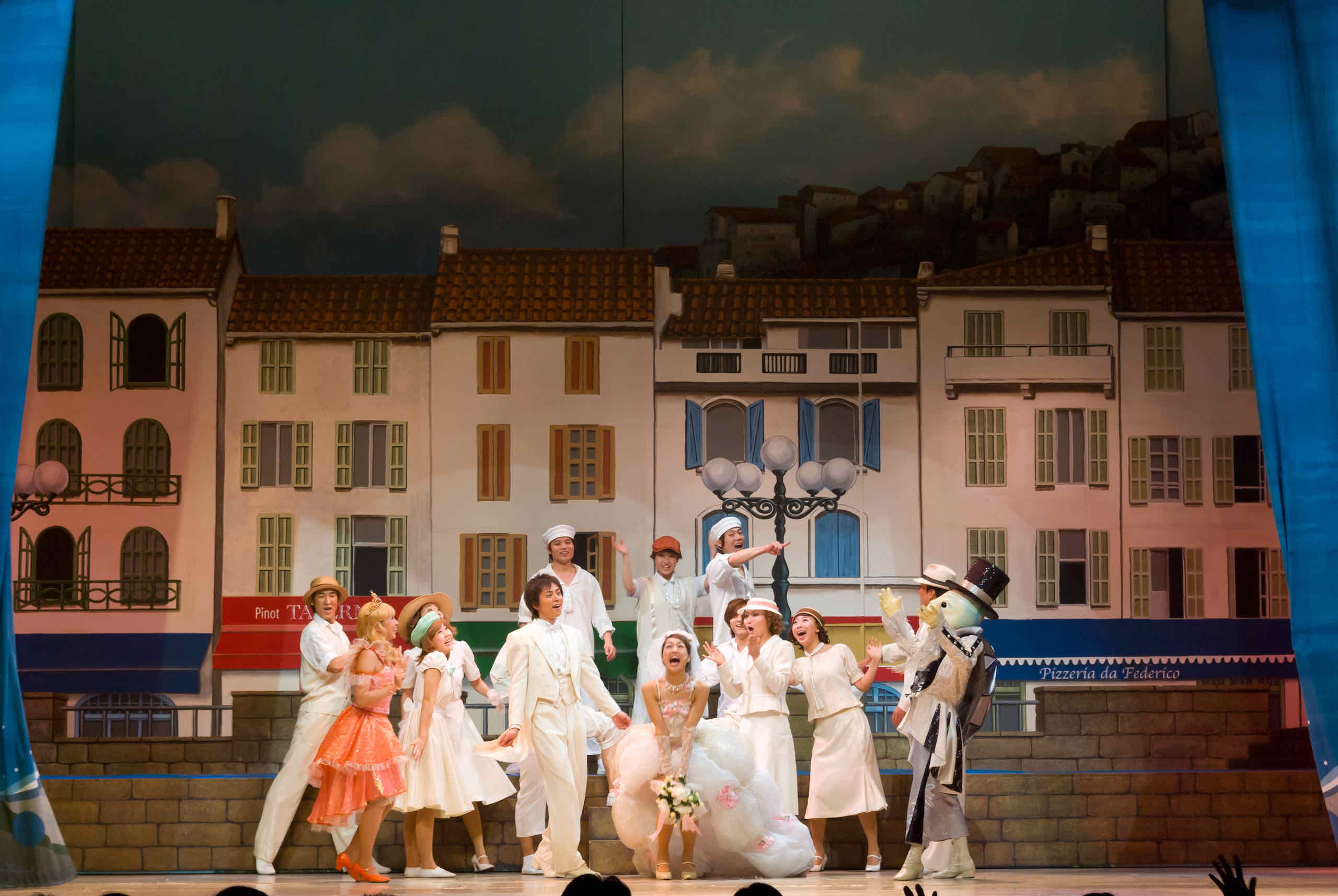
The last show we caught was "Fairytale Under The Sea" - this one had lots and lots of dancing, and has an underwater theme.
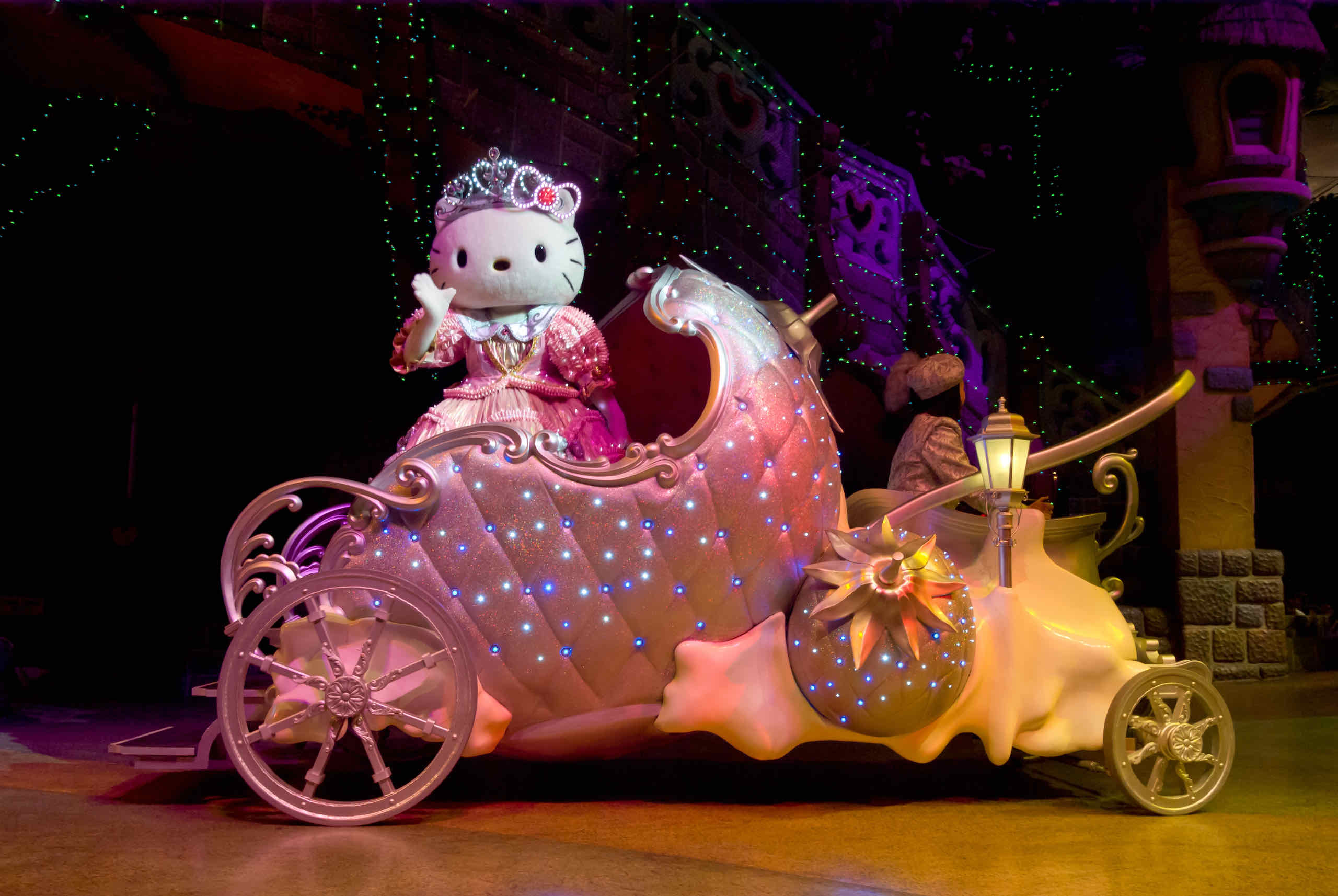
Sanrio Puroland's parade (Believe) is a homage to all those fans young and old who have "believed" in Hello Kitty for most of their lives.
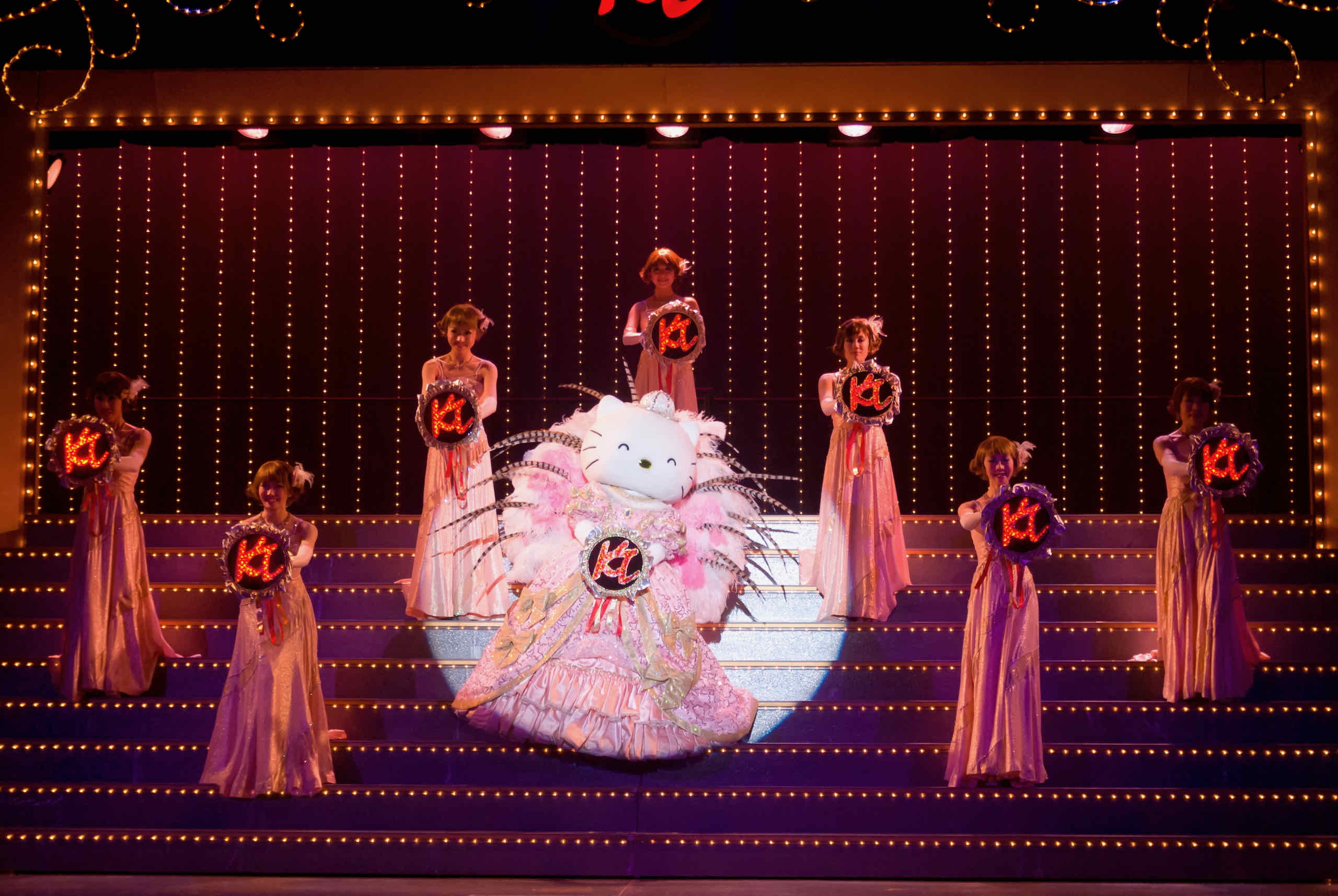
The next show we watched was a version of the Nutcracker ballet, but starring Hello Kitty and her family. This ends with a cabaret show!
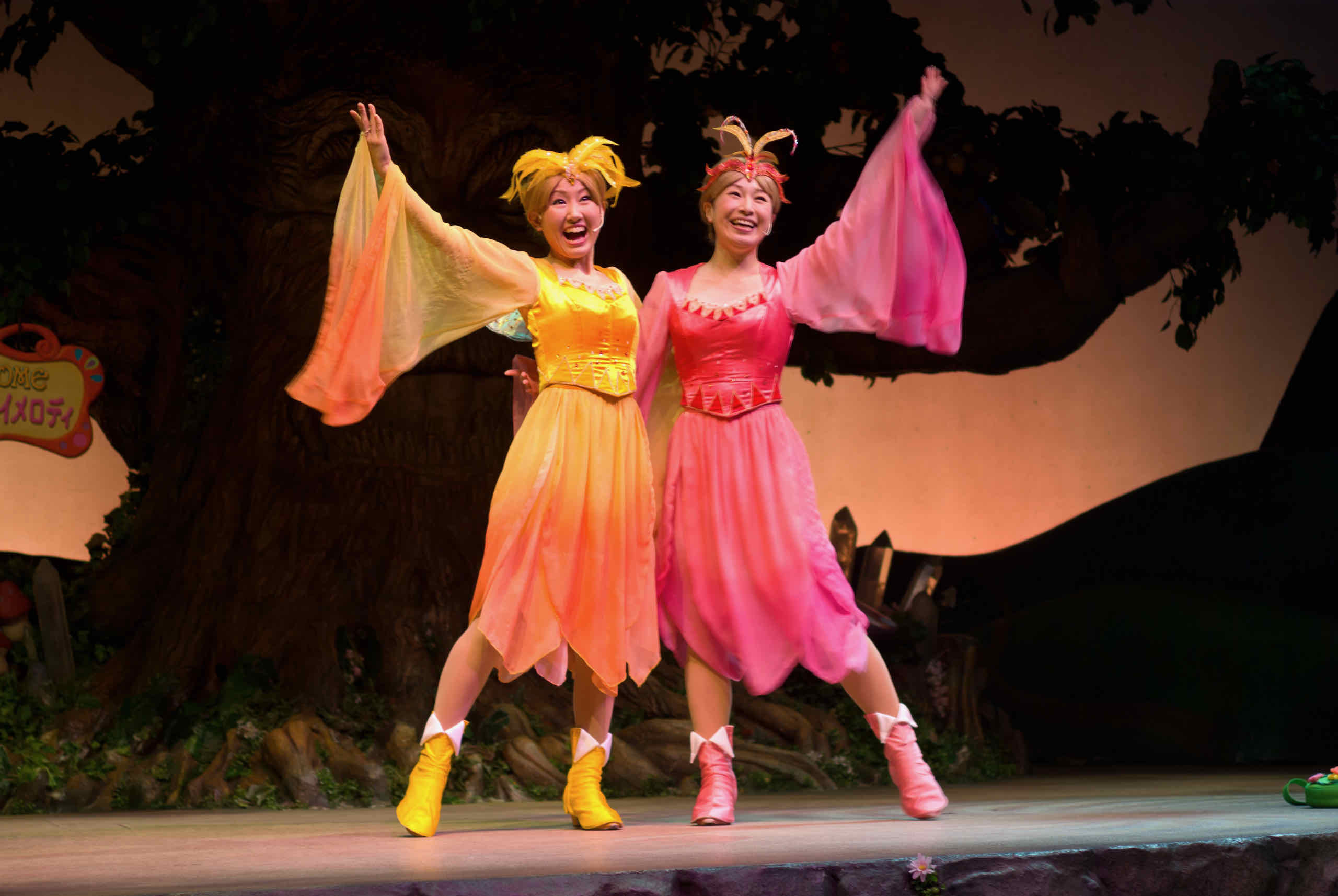
The first show we attended at Sanrio Puroland is a fairytale called "Someday II" (obviously a sequel to Someday I).
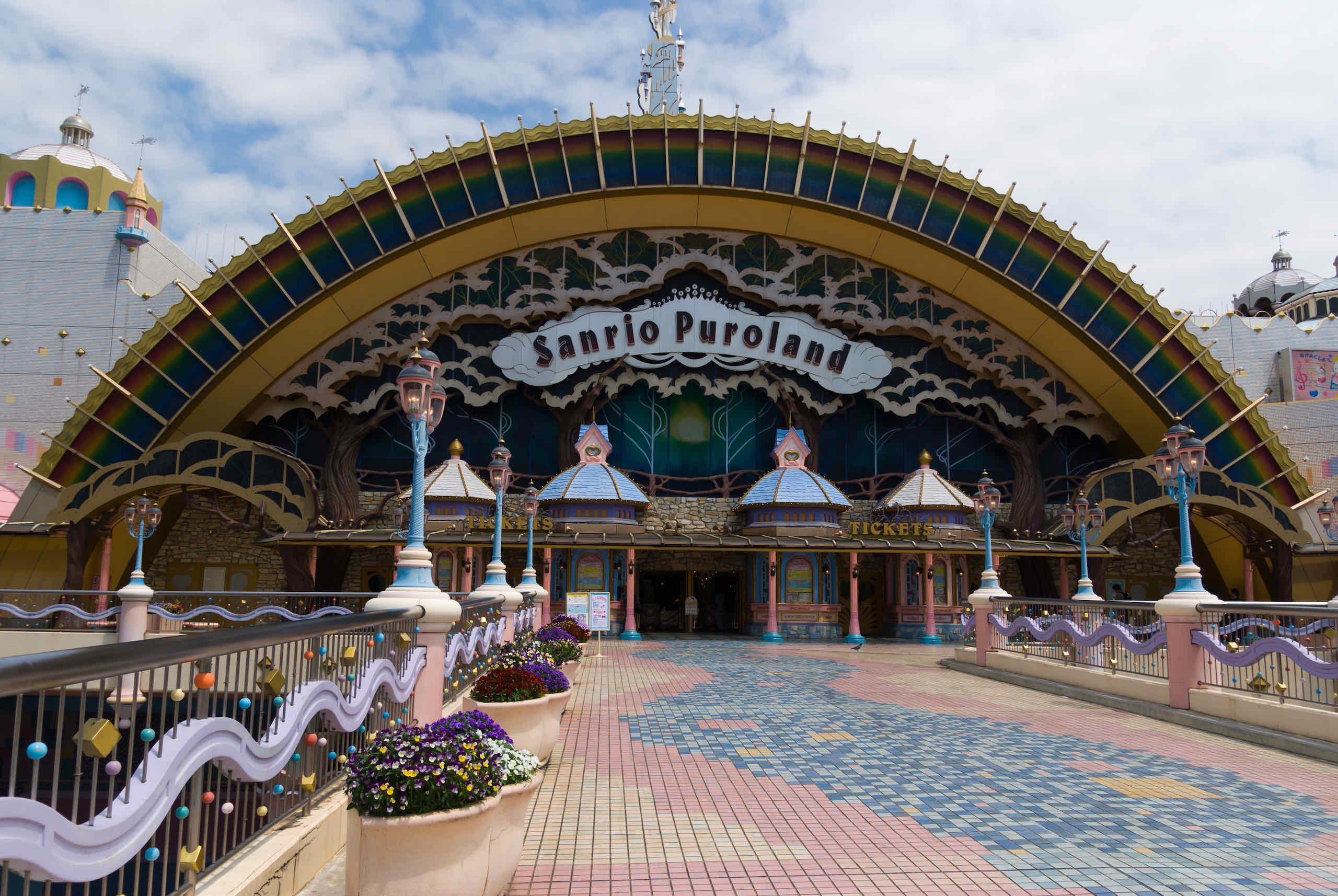
Sanrio Puroland hosts musicals, restaurants, attractions, and theme rides based on Hello Kitty, My Melody, Cinnamoroll, and more.
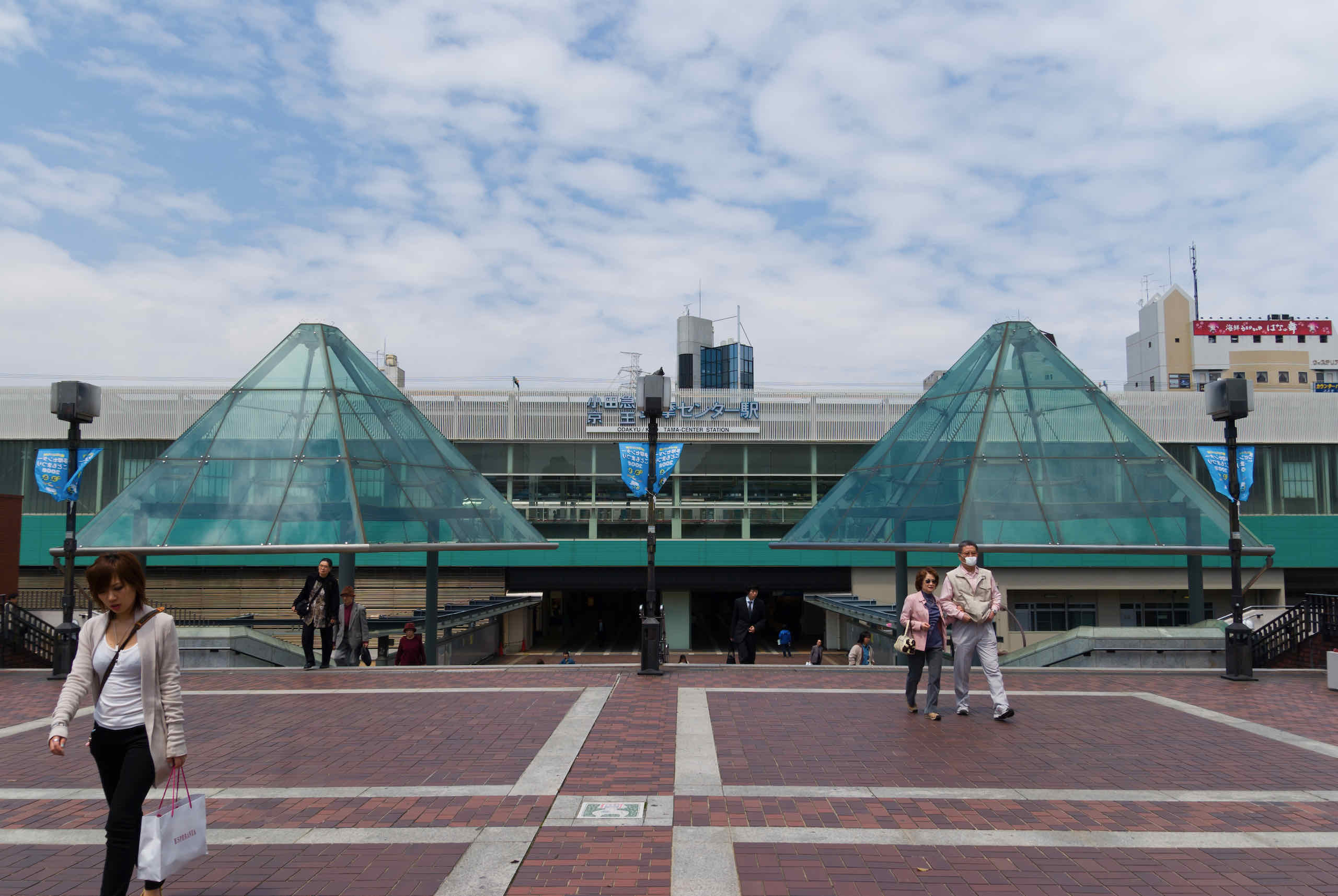
Today we decided to head out of Tokyo towards the sprawling western suburbs of Tama New Town. The commercial centre is called Tama Center.
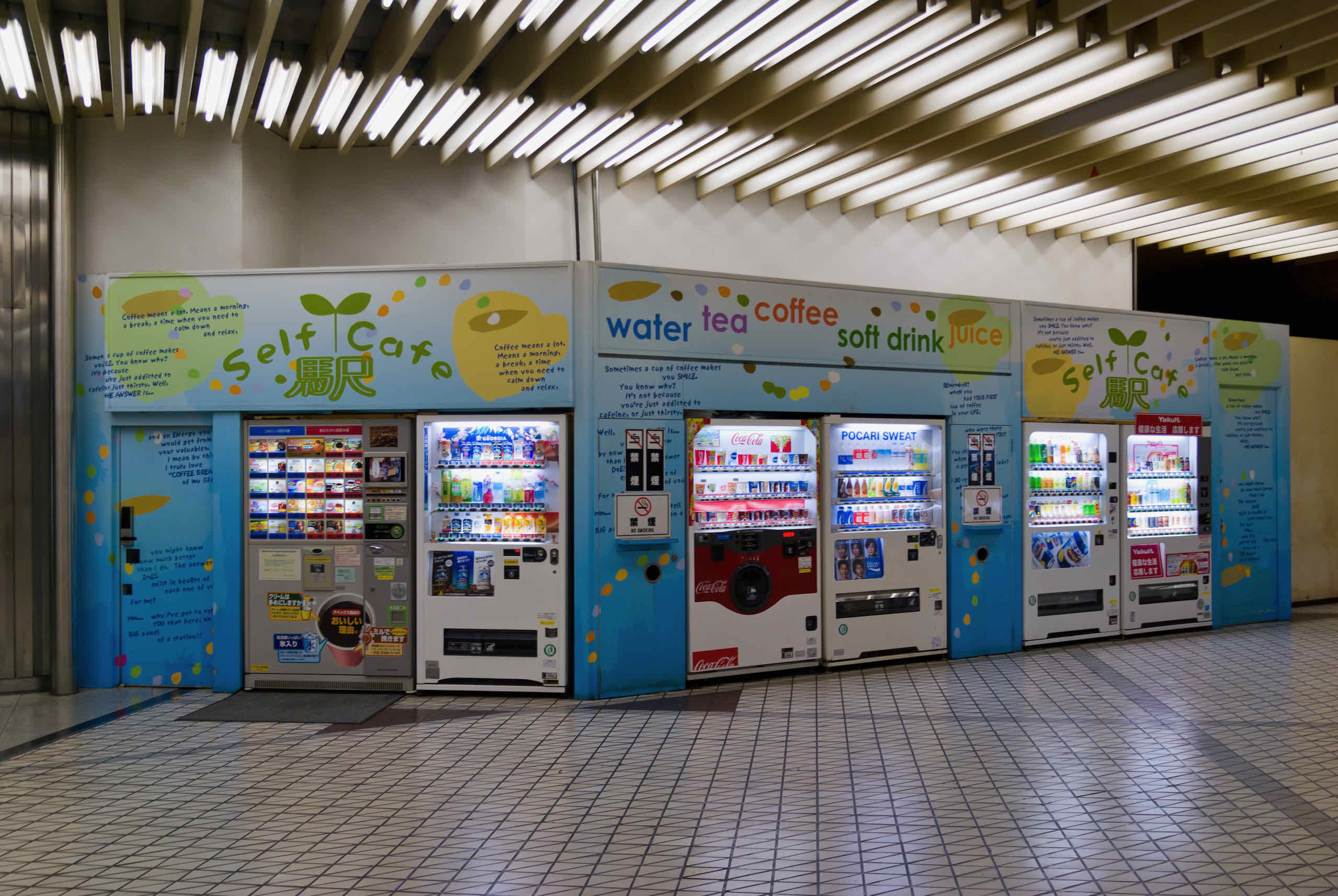
Today we leave Osaka to return back to Tokyo. We took some photos around Shinosaka station whilst waiting for the Shinkansen to arrive.
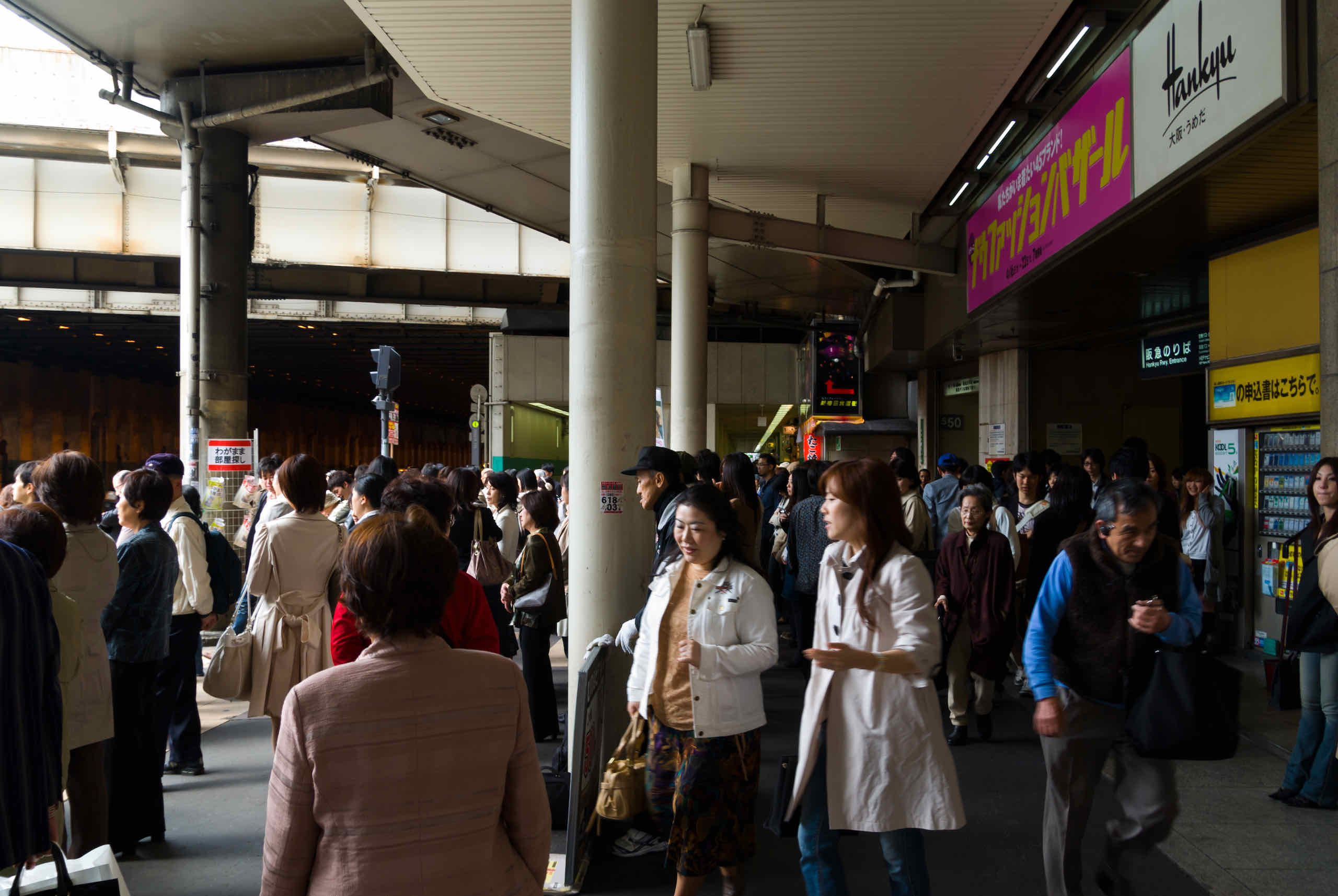
After visiting Osaka, we explored various places in Umeda before heading back to the hotel and packing for our trip to Tokyo tomorrow.
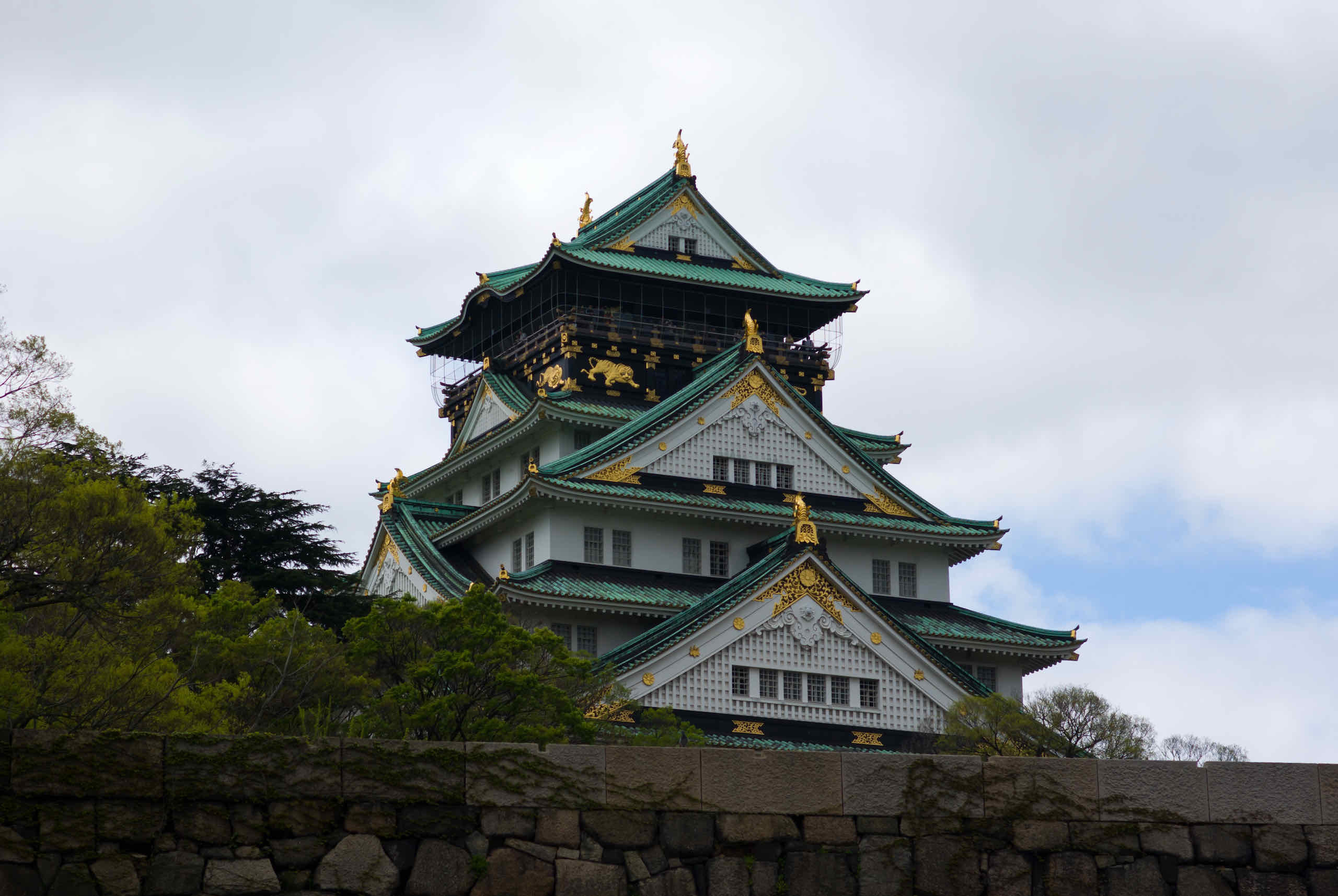
Osaka Castle played a major role in the unification of Japan during the sixteenth century. It has been rebuilt several times.
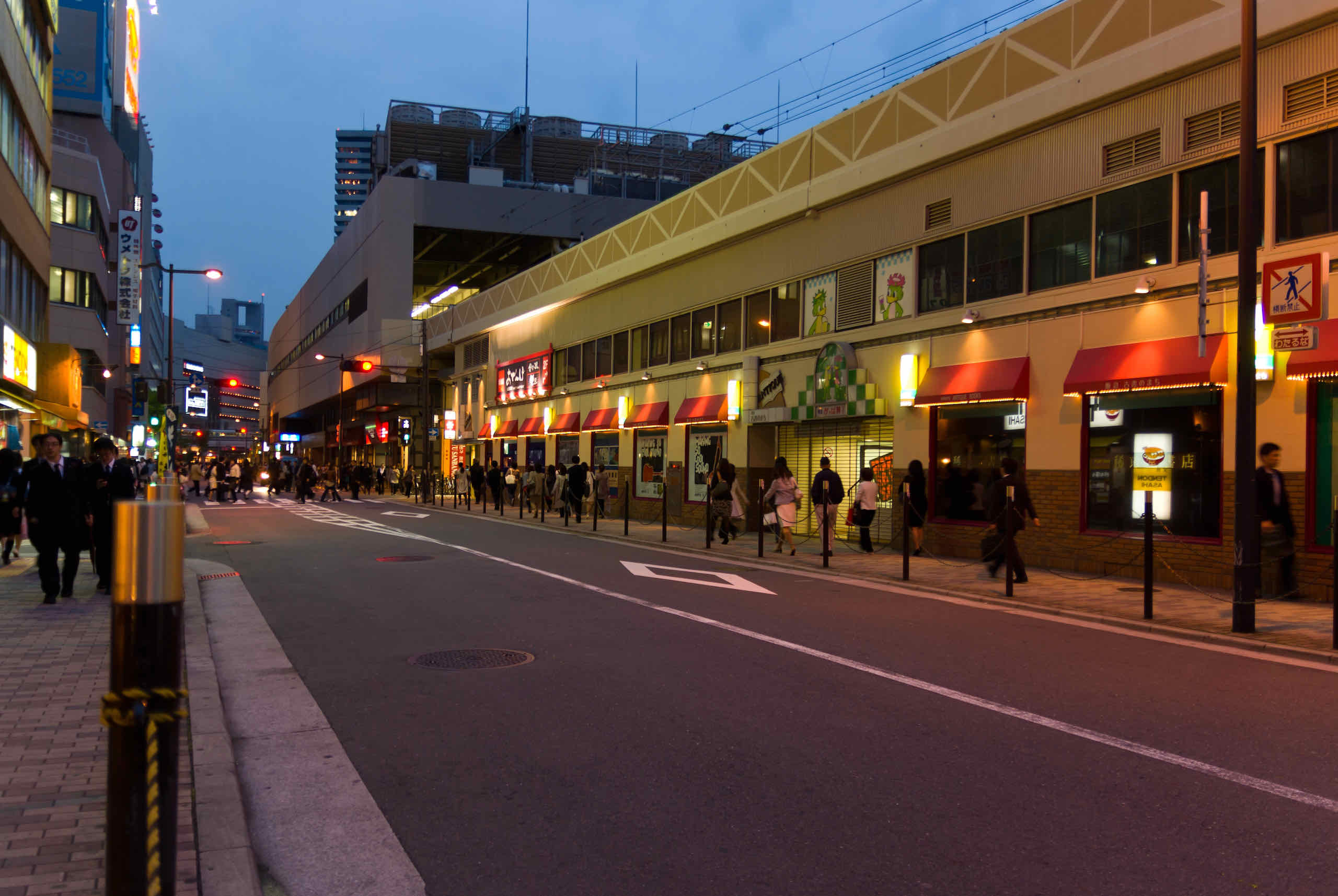
By the time we arrived at Osaka from Nara, it was already evening. We had dinner at Umeda then explored Osaka at Night.
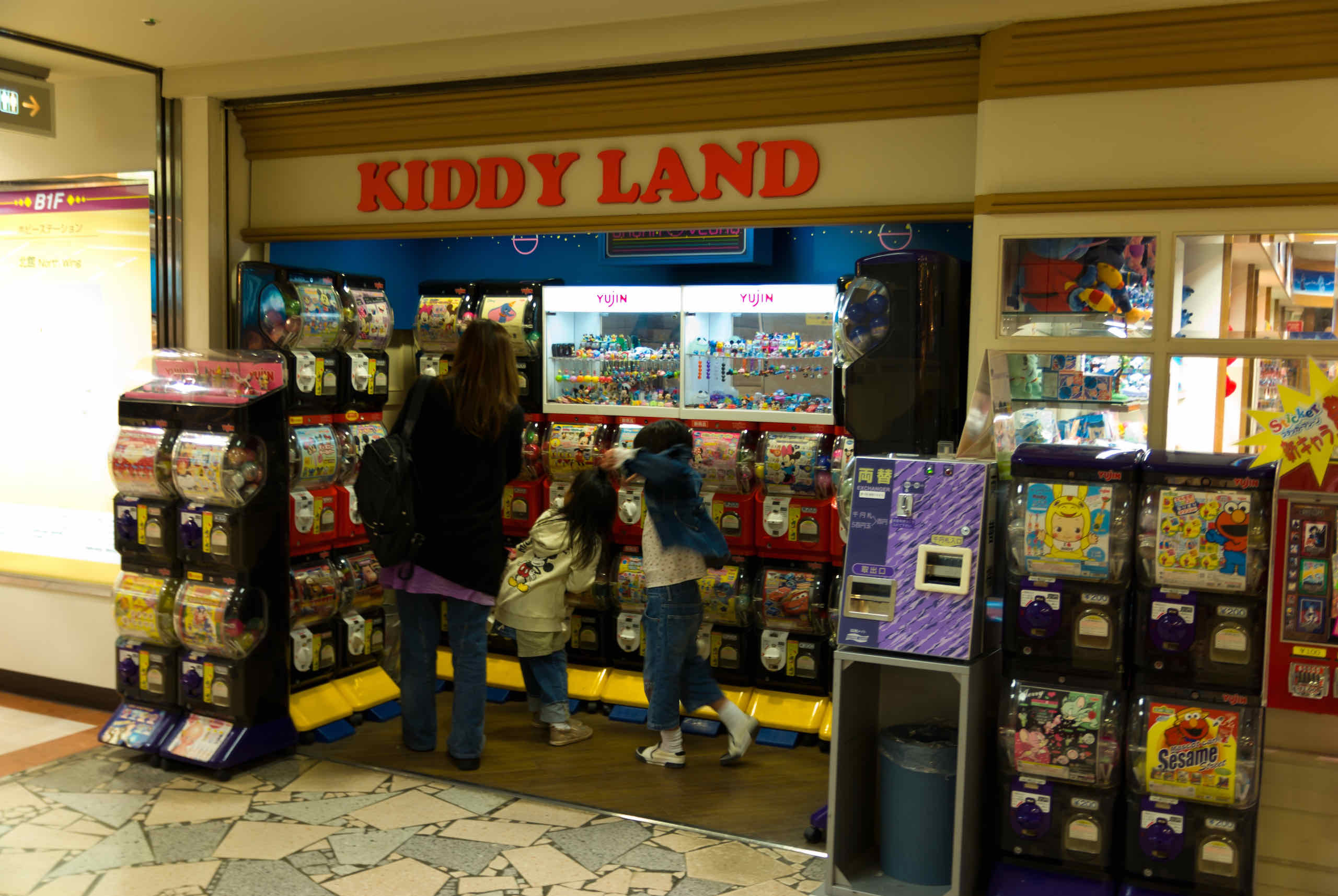
The Kiddyland at Umeda is not as big as the Tokyo flagship store, but the goods are nicely arranged and it was easy to find things.
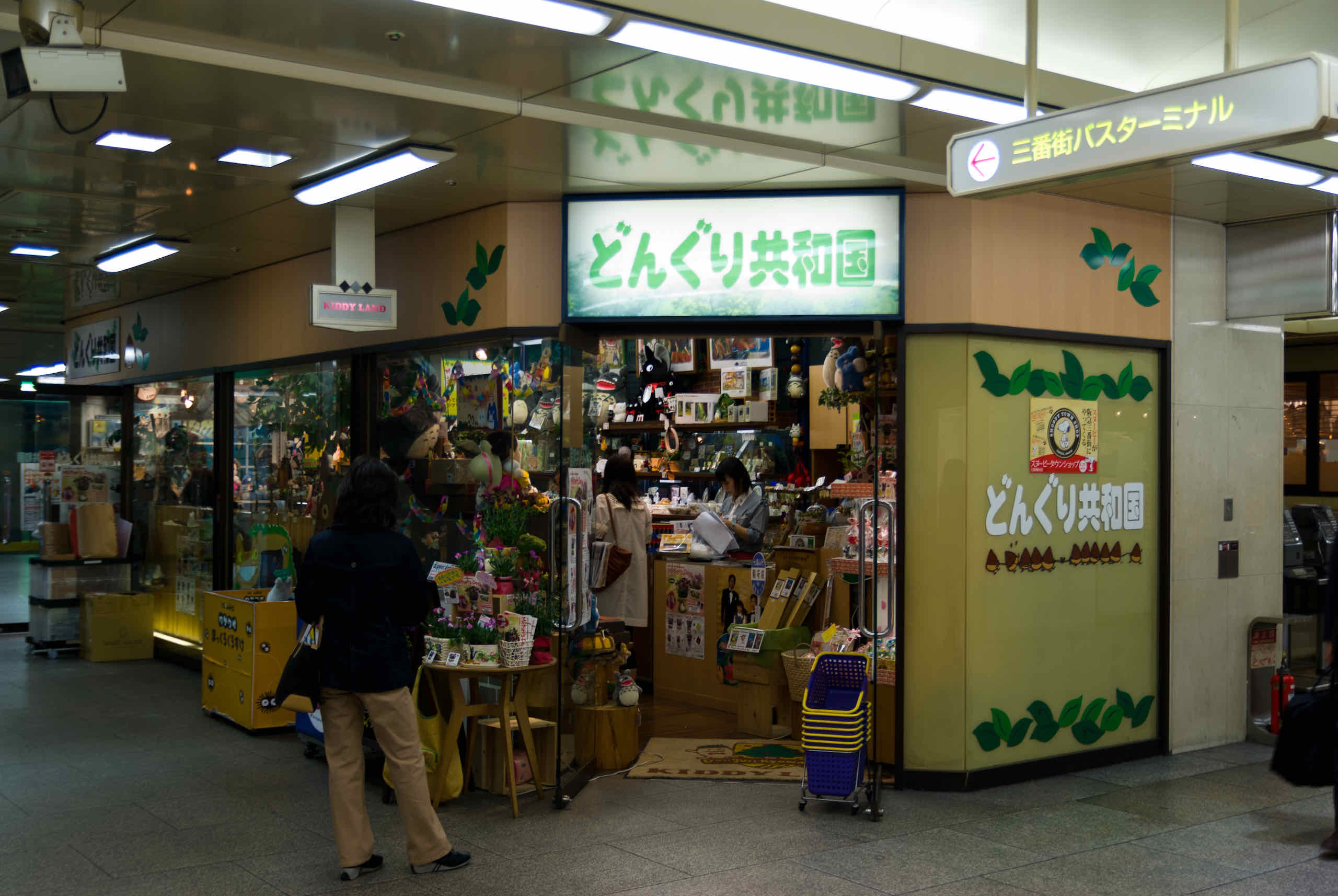
The Donguri Republic is a store selling character goods and plush toys. We had a lot of fun here browsing and gaping at the merchansdise.
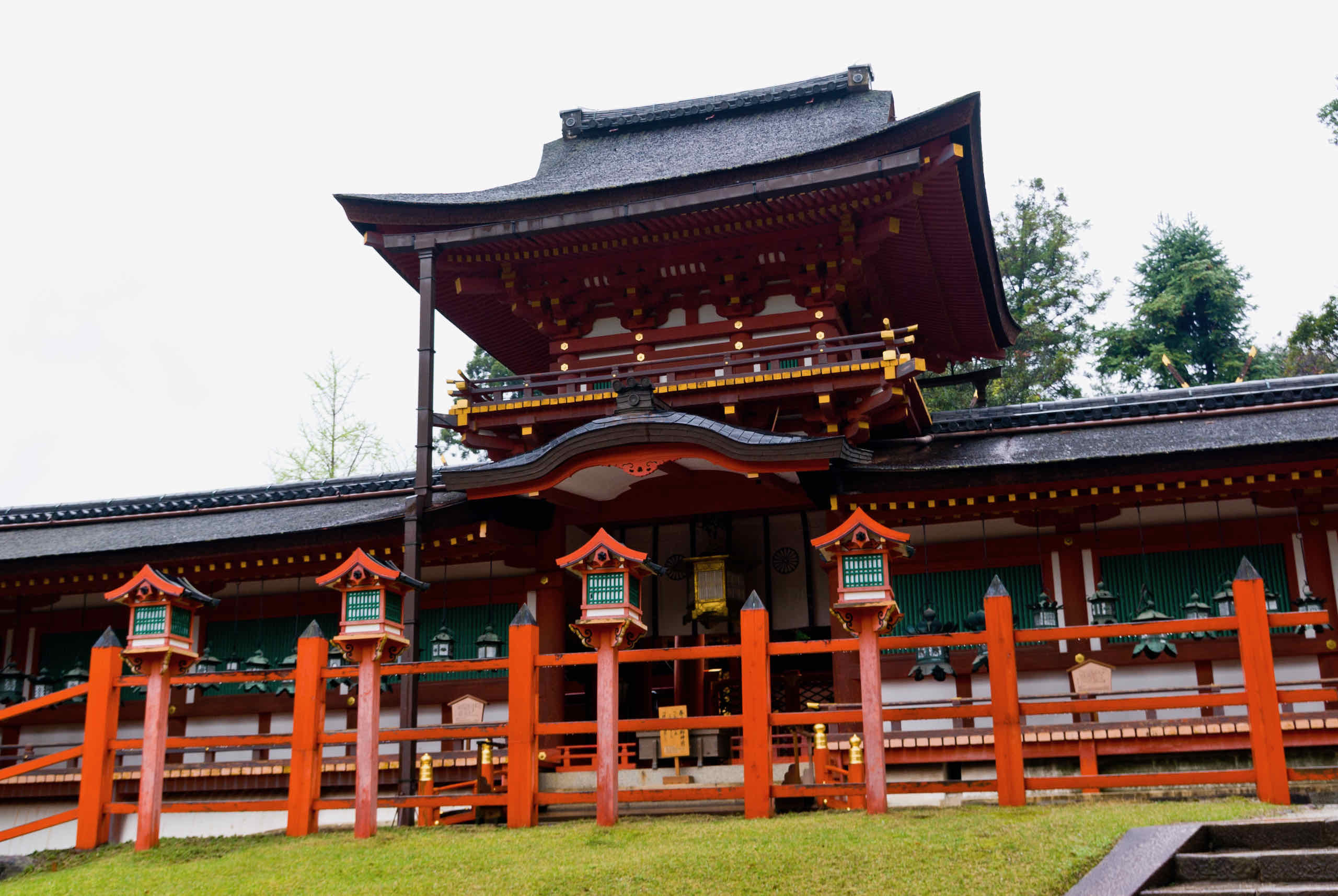
The Kasuga Grand Shrine, originally the family shrine of the once powerful Fujiwara family, is the largest and most extensive shrine in Nara.
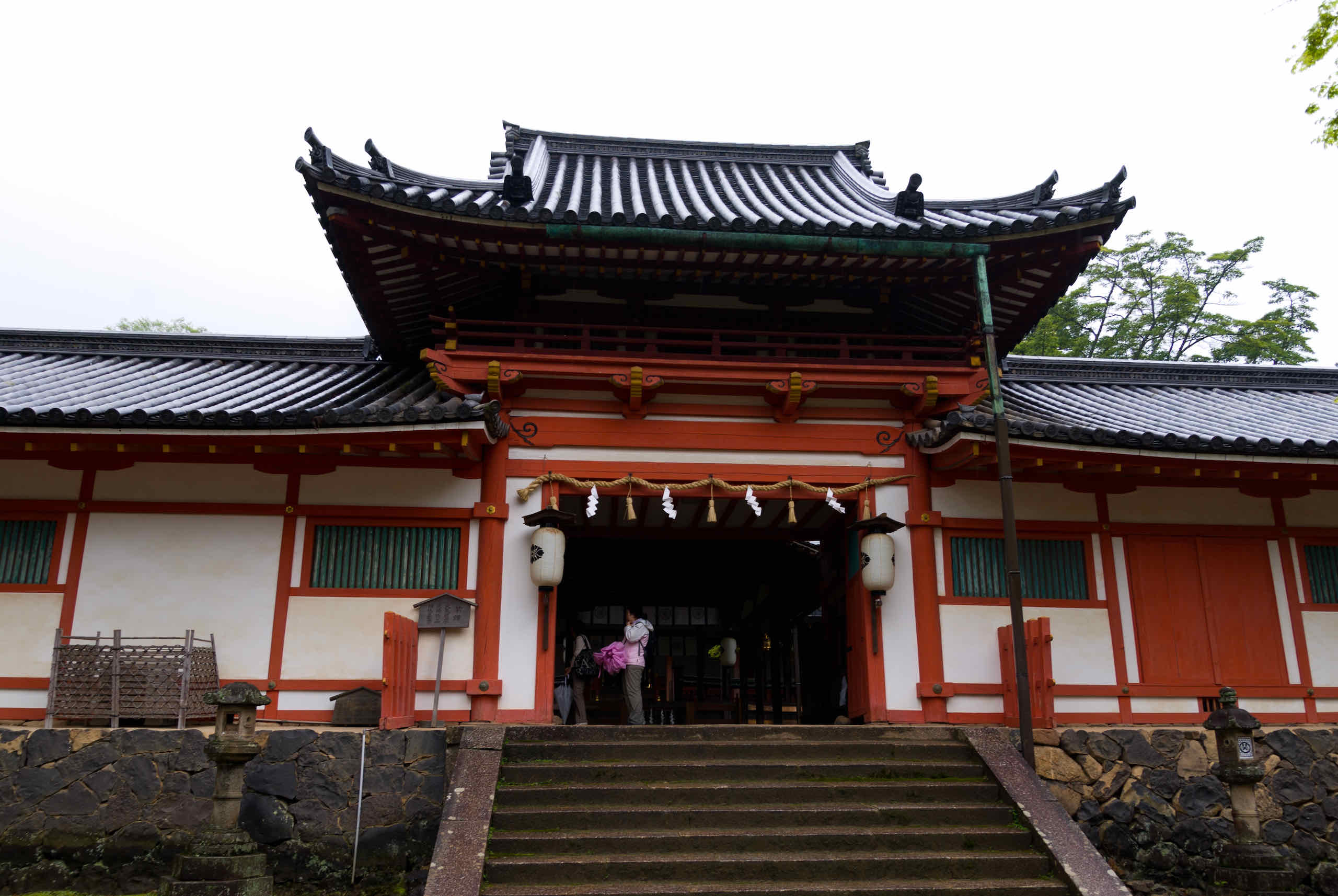
Tamukeyama Hachimangu (手向山八幡宮) is a Shinto shrine next to Todaiji, dedicated to the Hachiman kami and established in 749.
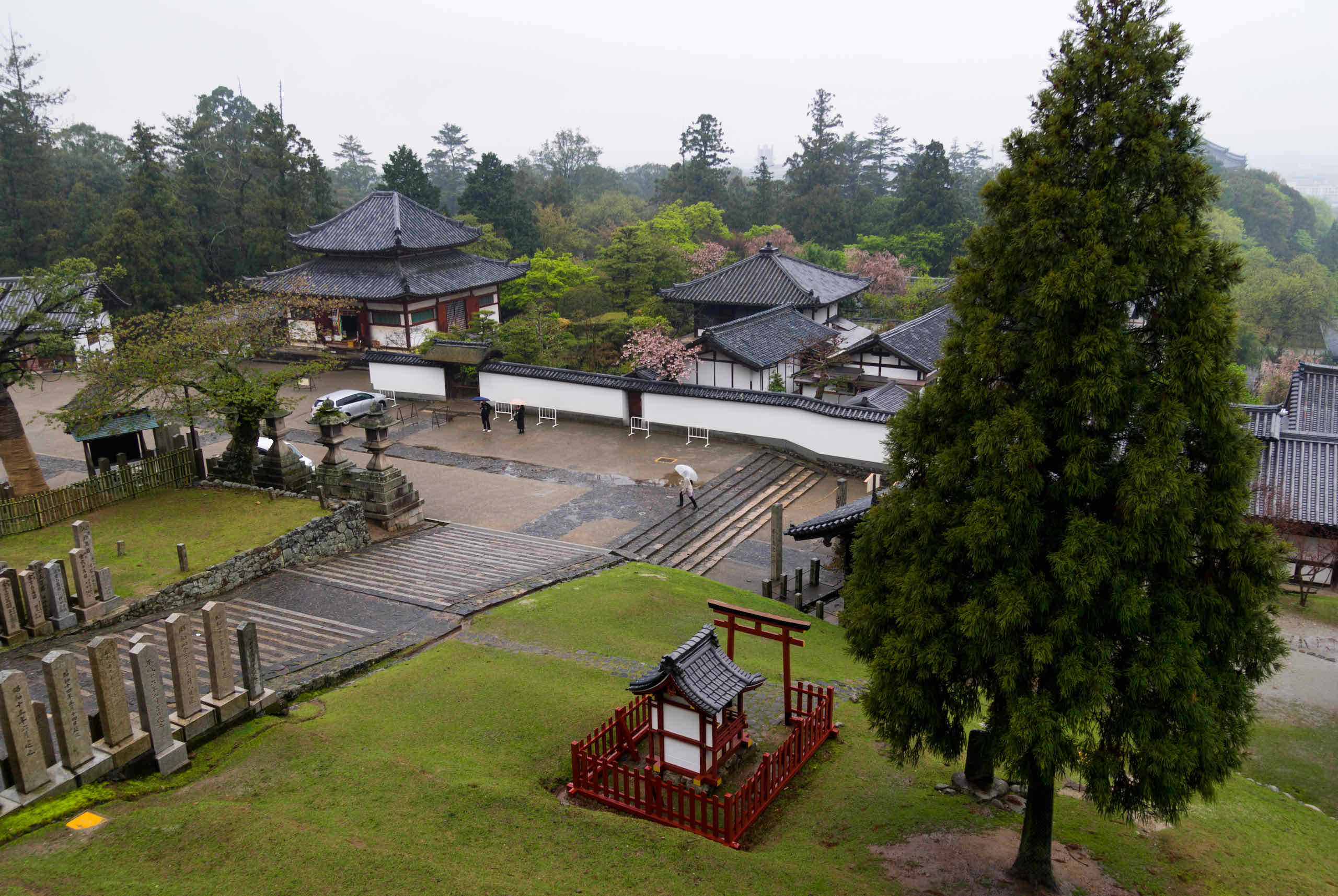
We explored other buildings in Toudaiji temple complex, including the Great Bell precinct and the halls named after festival months.
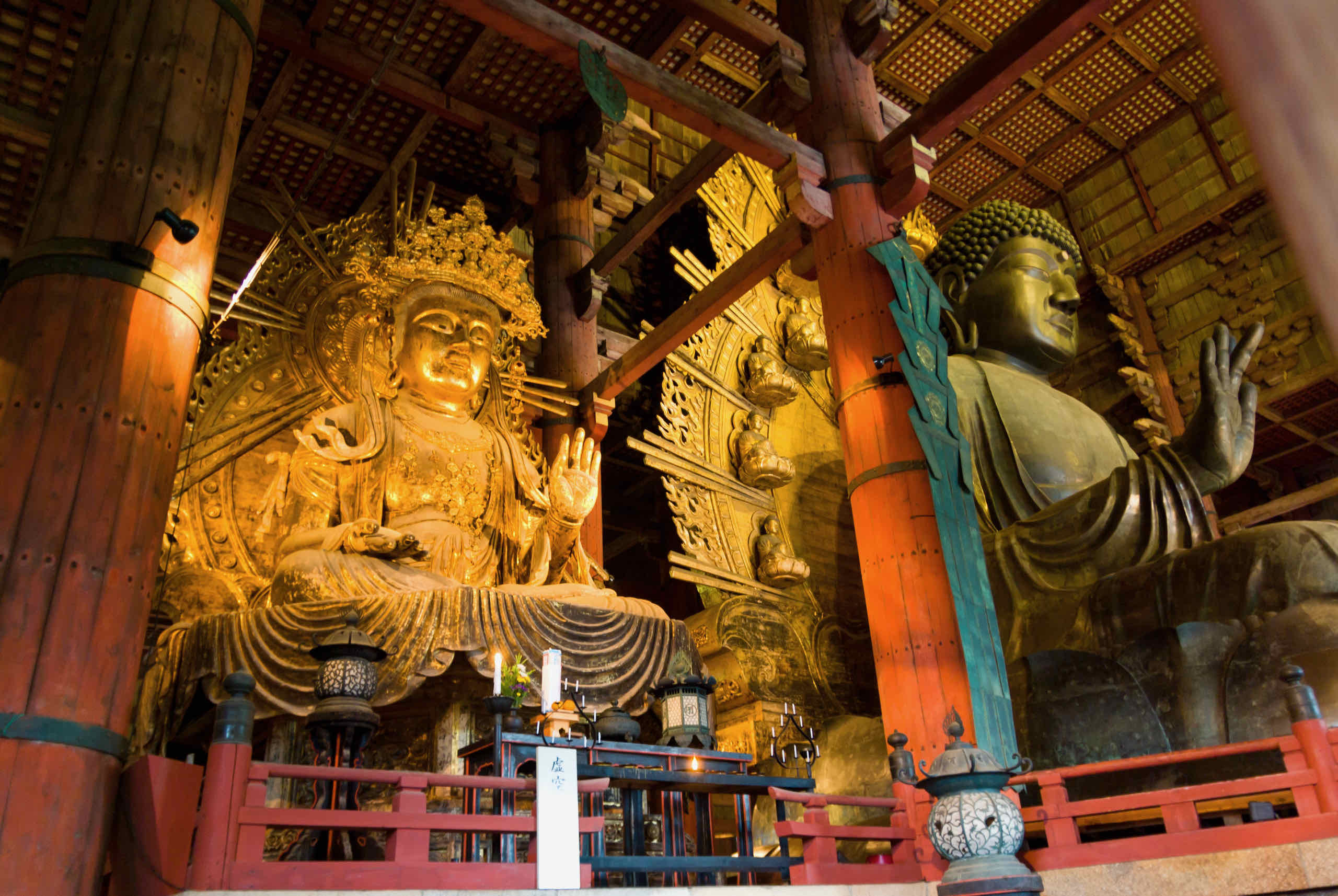
The Daibutsuden in Toudaiji houses the huge bronze statue of the Great Buddha, and is apparently the largest wooden structure in the world.
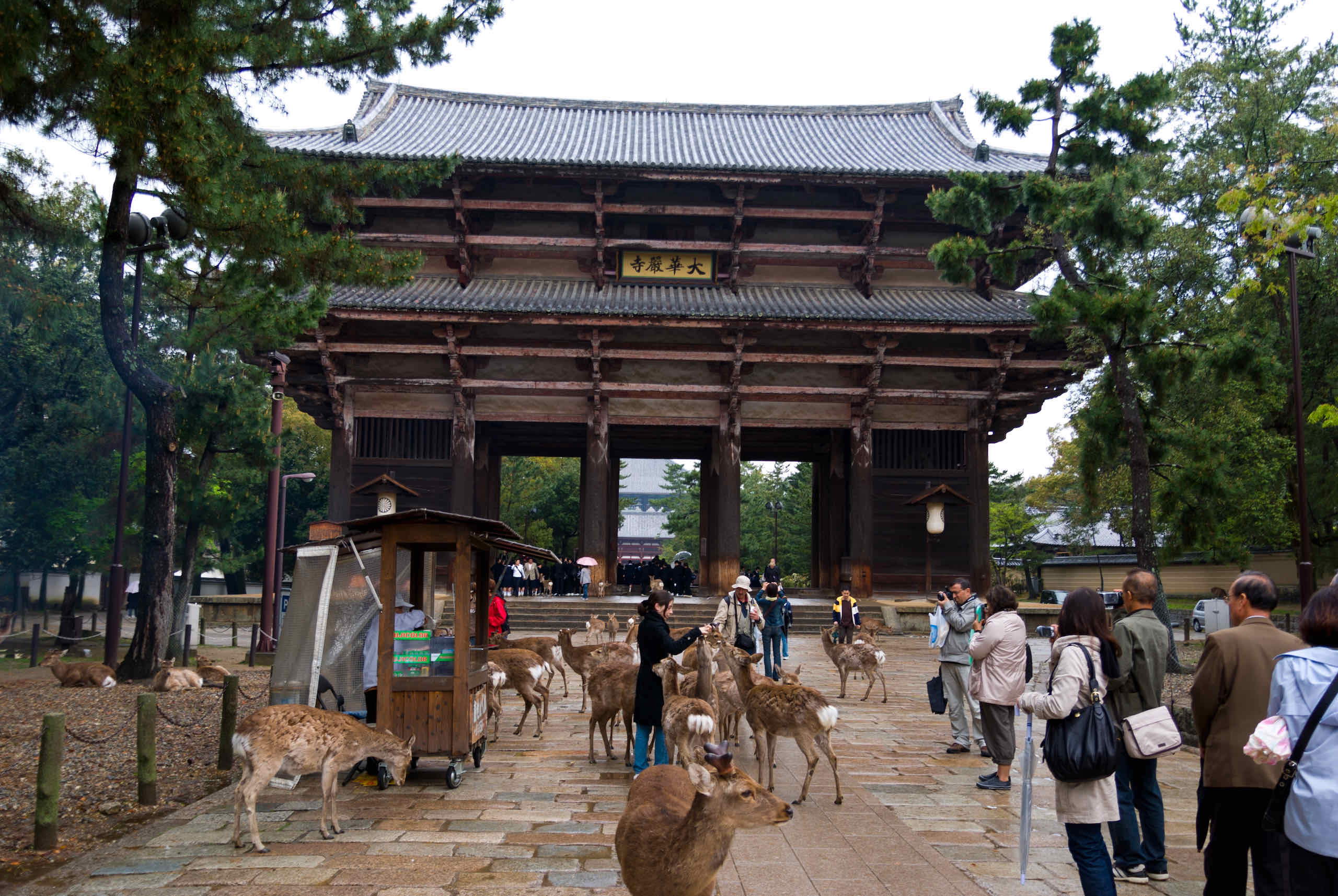
Toudaiji is one of the Seven Great Temples in Nara and part of the World Heritage Site. We entered it via the Nandaimon (Great South Gate).
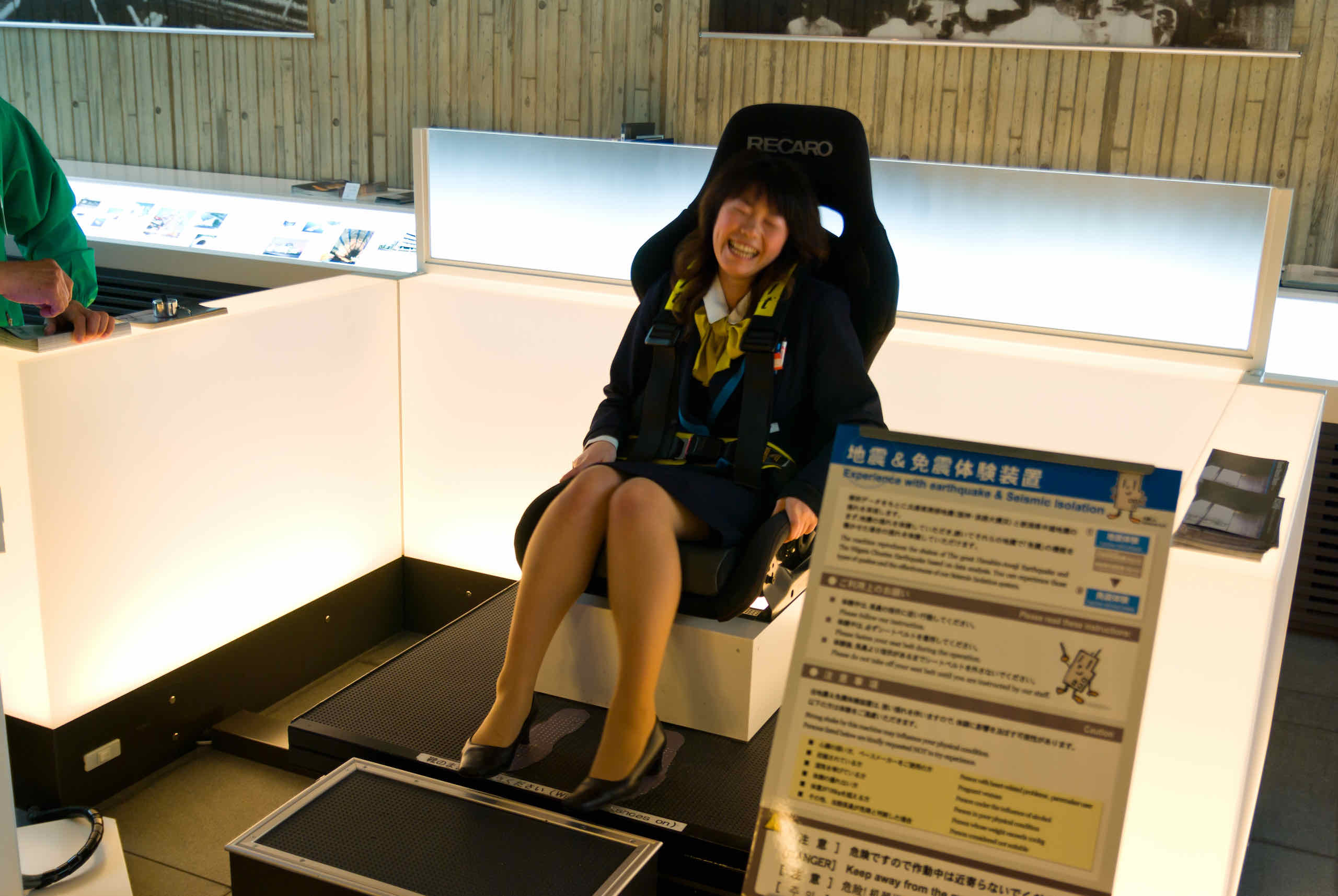
Nara is the ancient capital of Japan. We begin our visit at the Okumura Museum, with an interesting earthquake simulator.
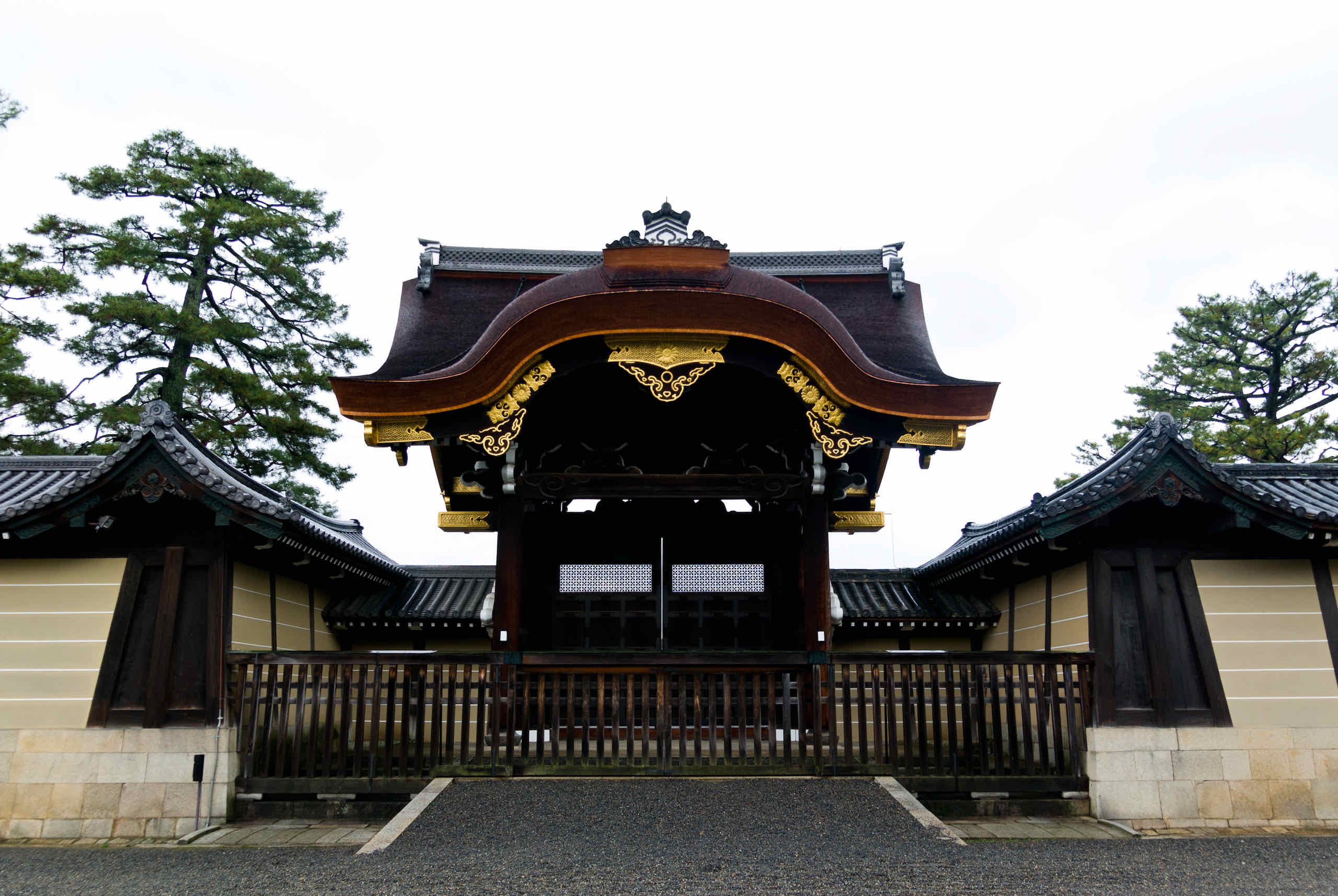
Kyoto Gyoen is a national park at the heart of Kyoto that features nothing less than an Imperial Palace, the former residence of the Emperor of Japan.
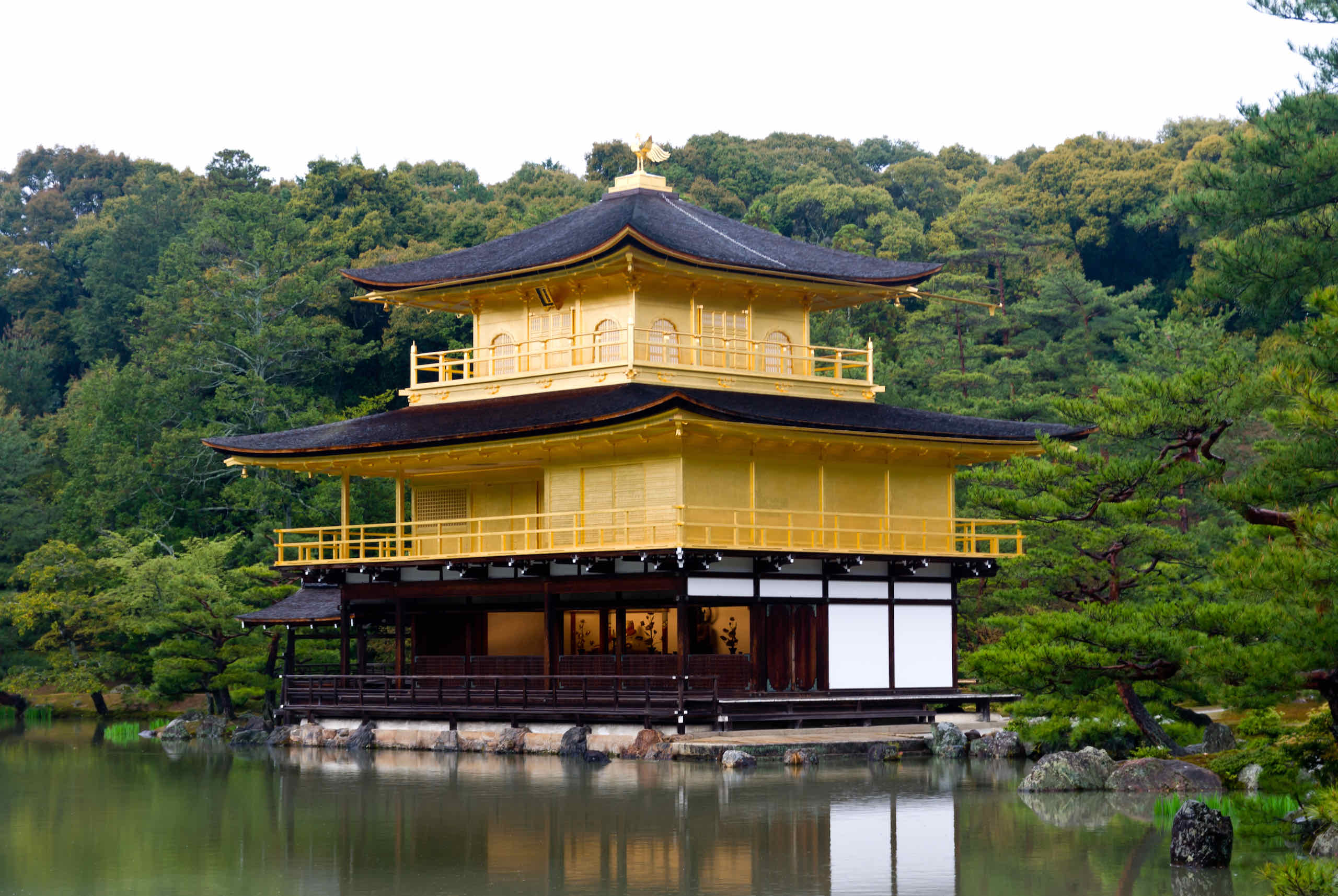
Kinkakuji , also known as the "Temple of the Golden Pavilion", is so famous that it is the subject of the novel by Mishima Yukio.
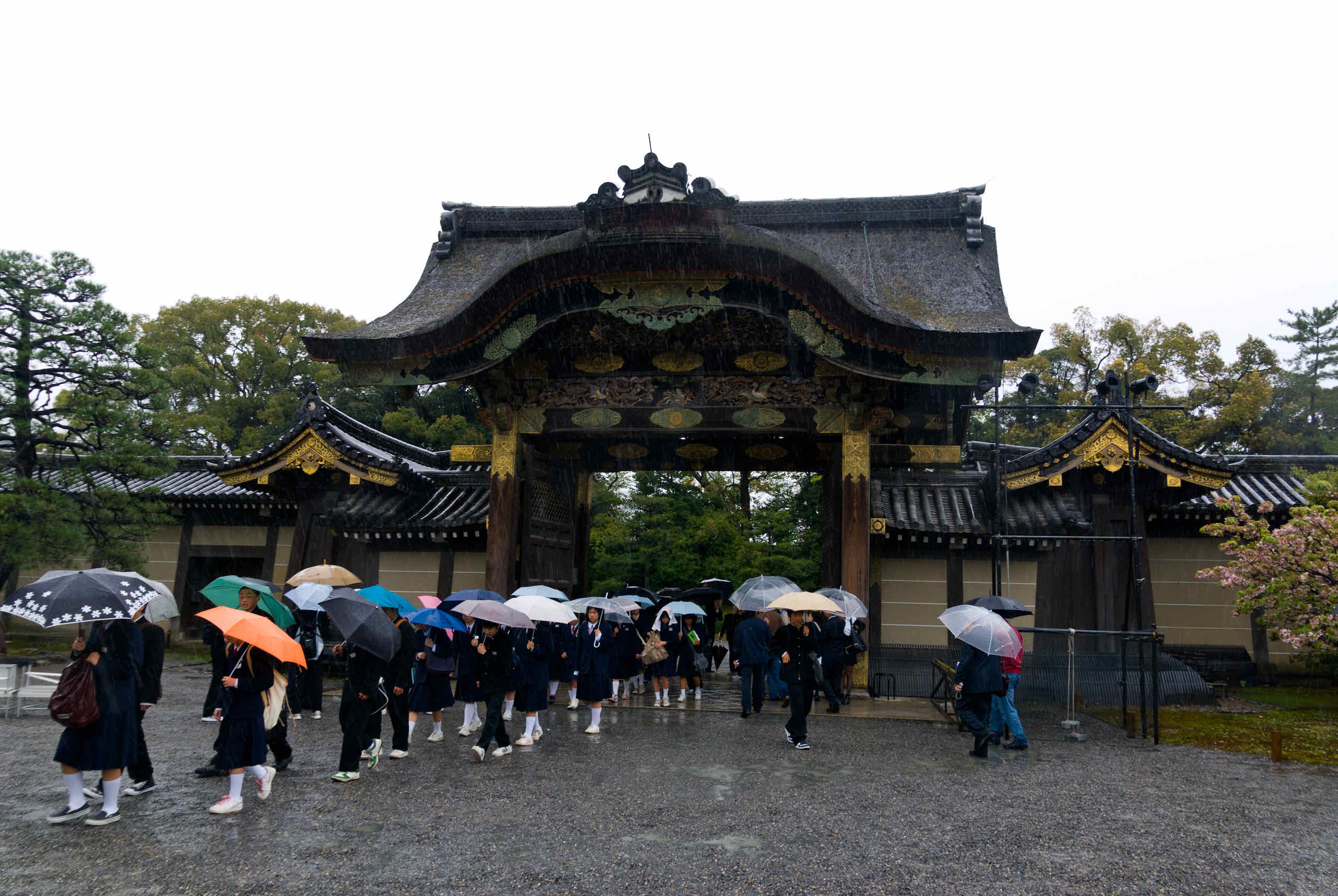
Nijou Castle was commissioned by Shogun Tokugawa Ieyasu as the residence for the Tokugawa clan when they are in Kyoto.
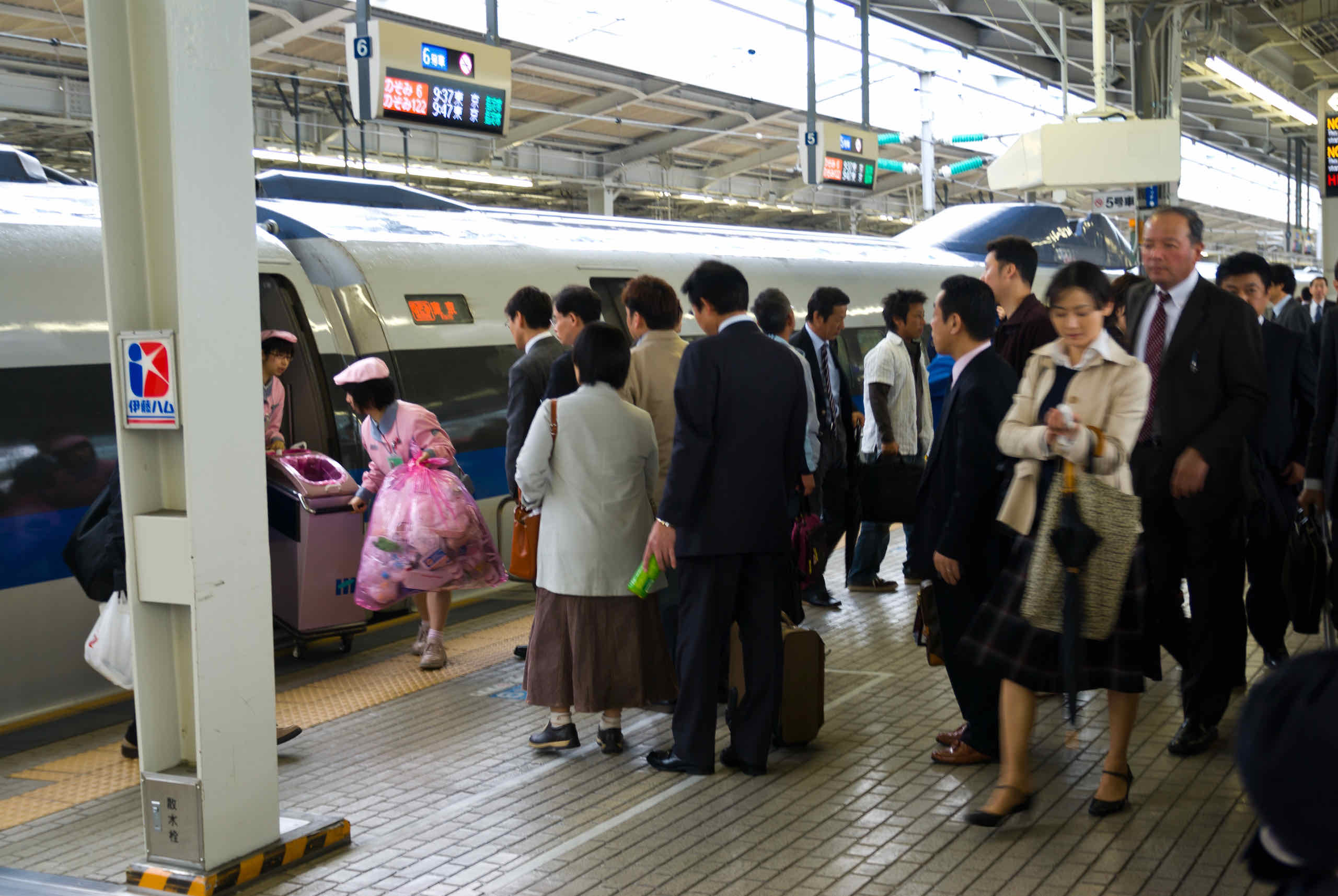
Today we are planing to do a day trip from Osaka to Tokyo via Shinkansen. We hope to visit as many sights as we can in a day.
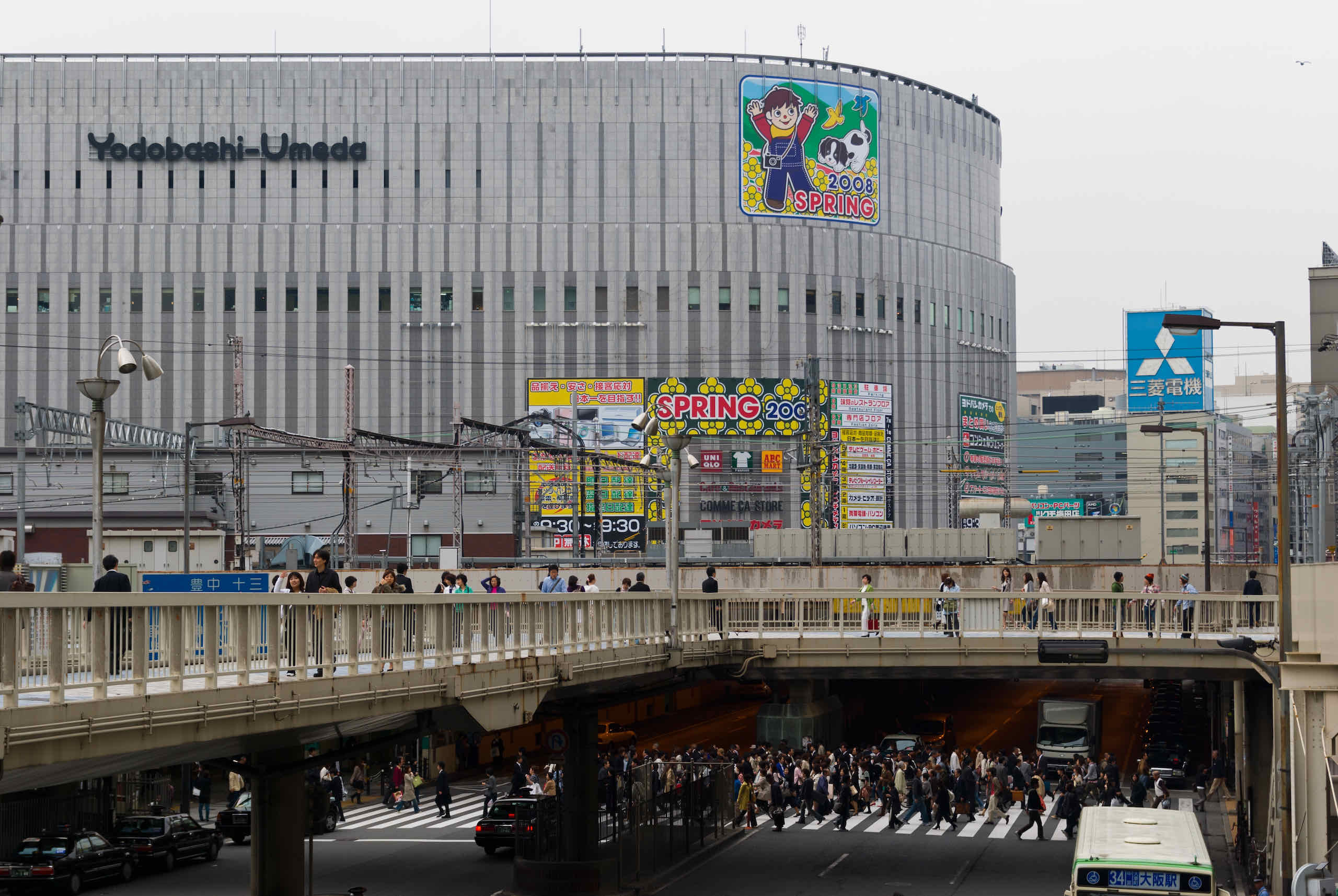
Umeda ("plum field") is a major commercial, business, shopping and entertainment district, and the city's main northern railway terminus.
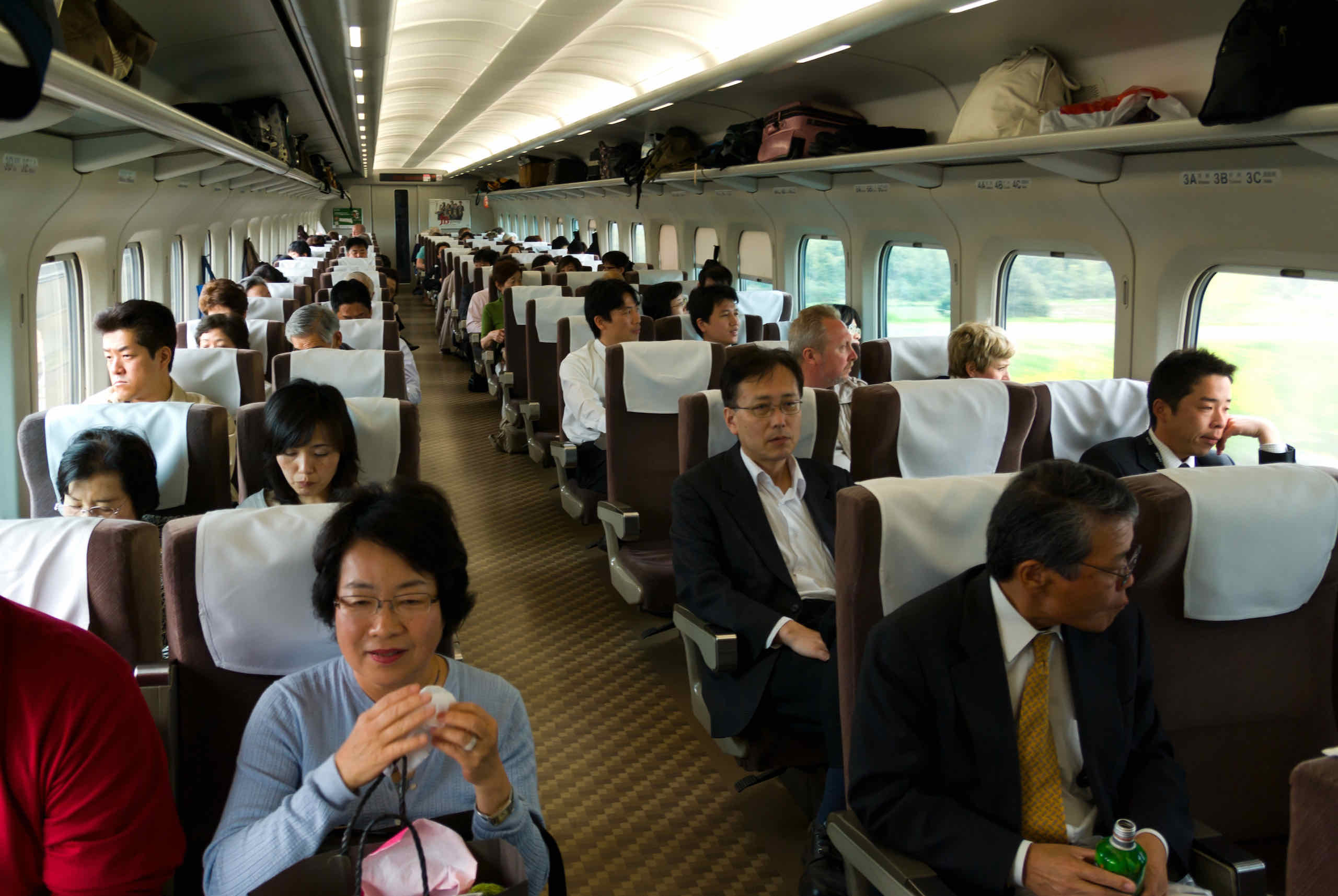
Our first trip on a Shinkansen (bullet train)! We travelled from Tokyo to Osaka, a distance of 515 km, in 3 hours.
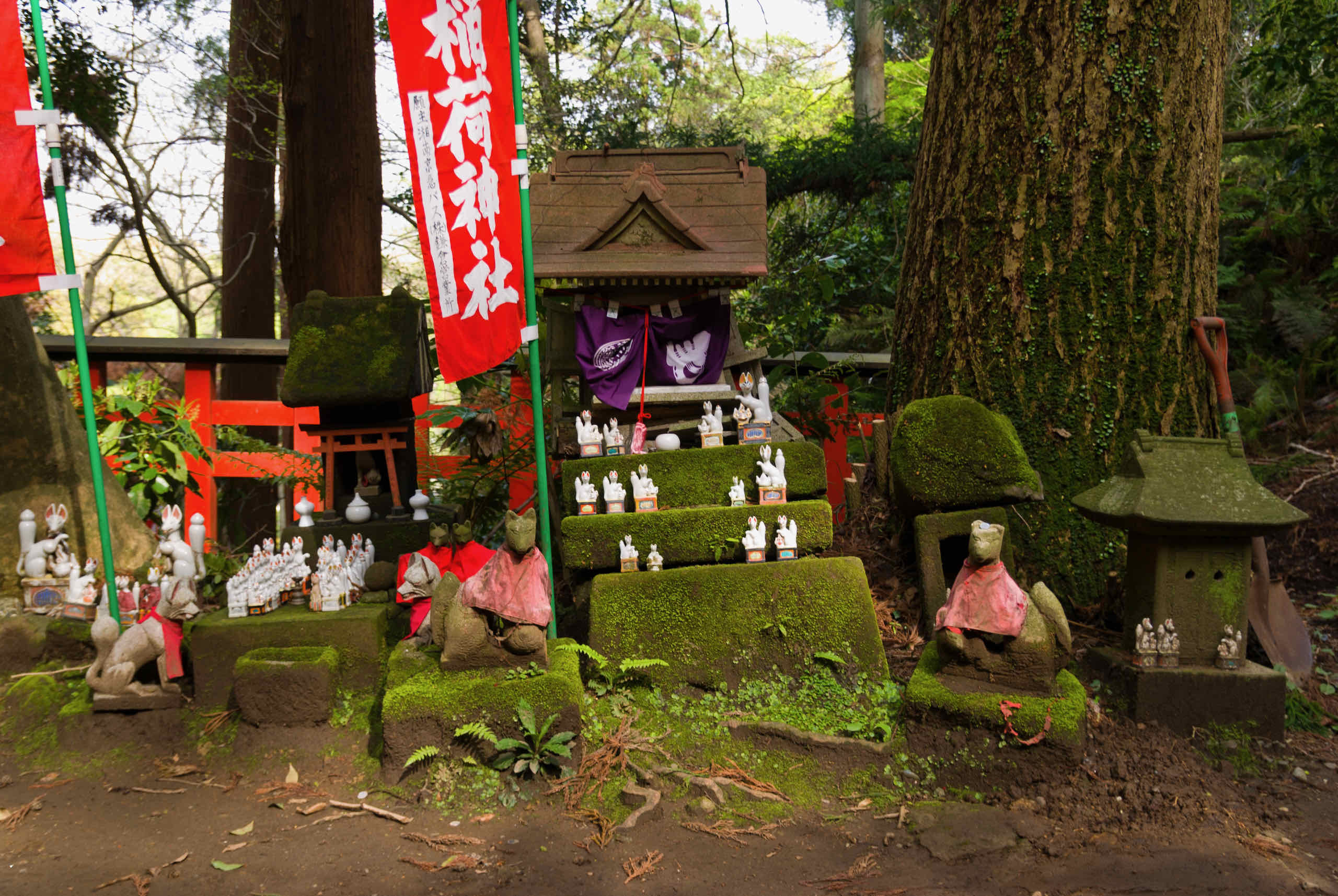
Sasuke Inari Shrine is a Shinto Shrine full of inari sculptures residing in miniature village on a hill reached by a path of red Torii gates.
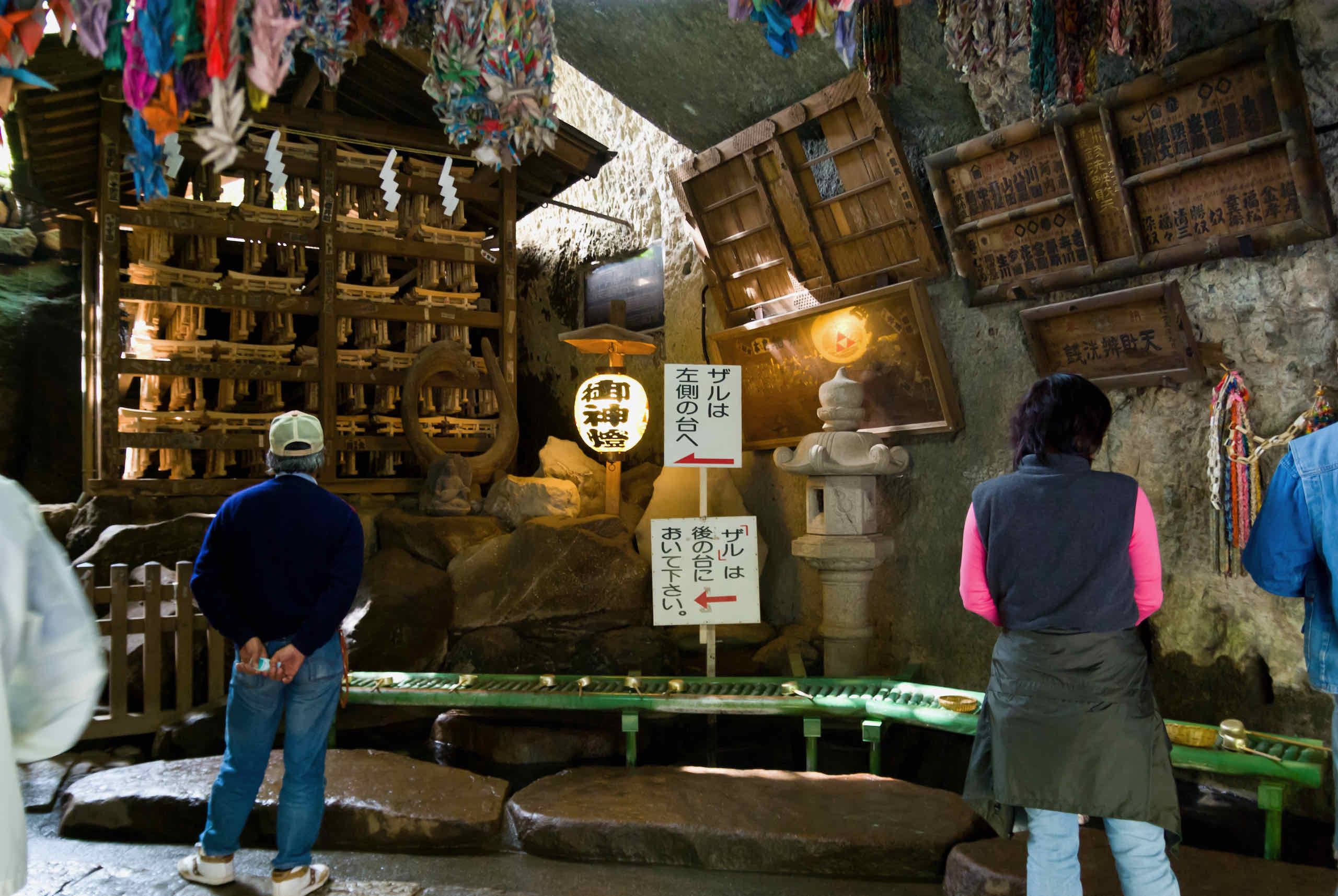
Zeniarai Benzaiten Ugafuku Shrine is nestled deep in a mountain completely surrounded by rocks, so it is totally invisible from the outside.
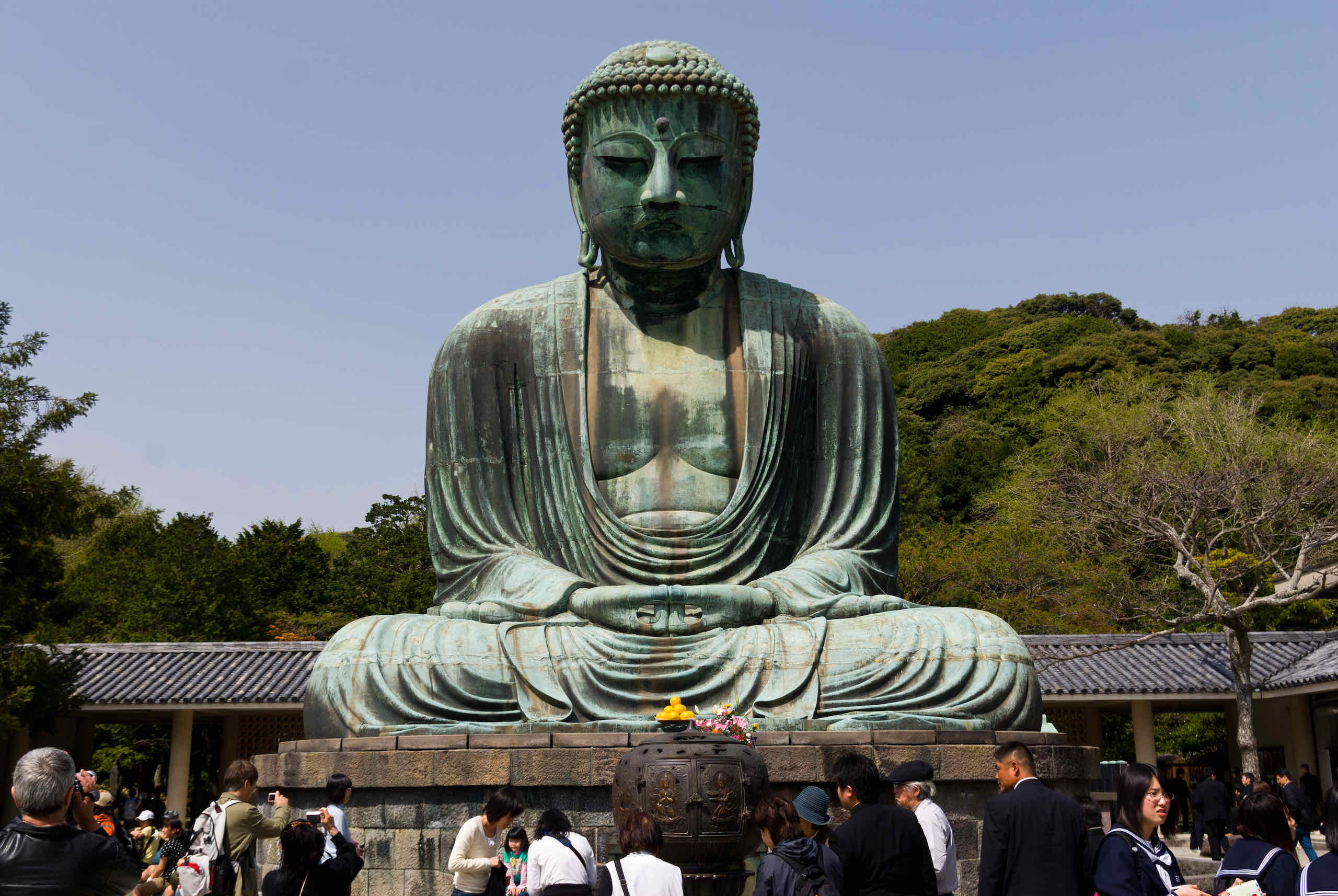
Kotokuin is a Buddhist temple renowned for The Great Buddha of Kamakura, one of the most famous icons of Japan.
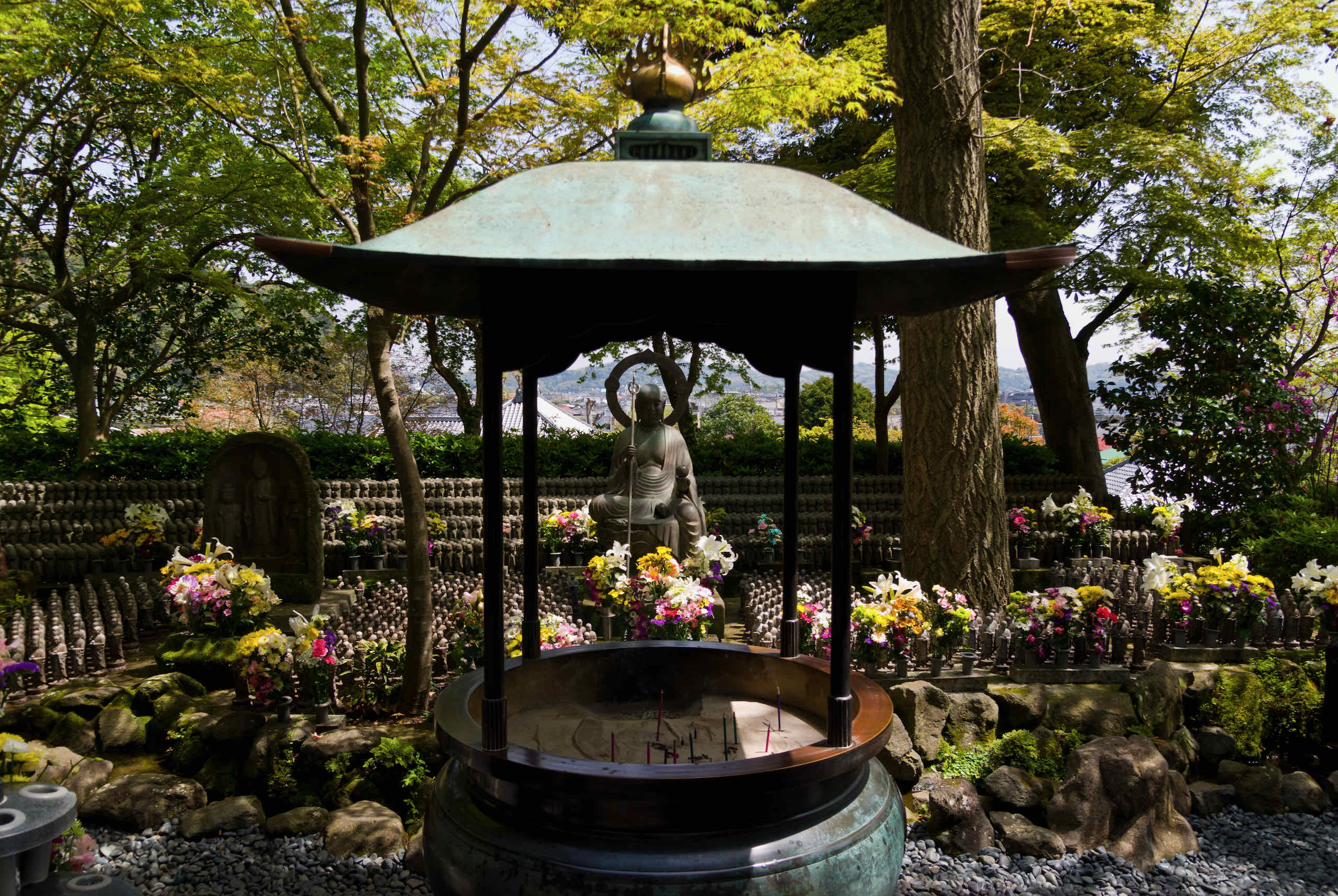
Hasedera, also called the Hase-kannon, is a Buddhist temple in Kamakura famous for its giant wooden statue of Kuan Yin.
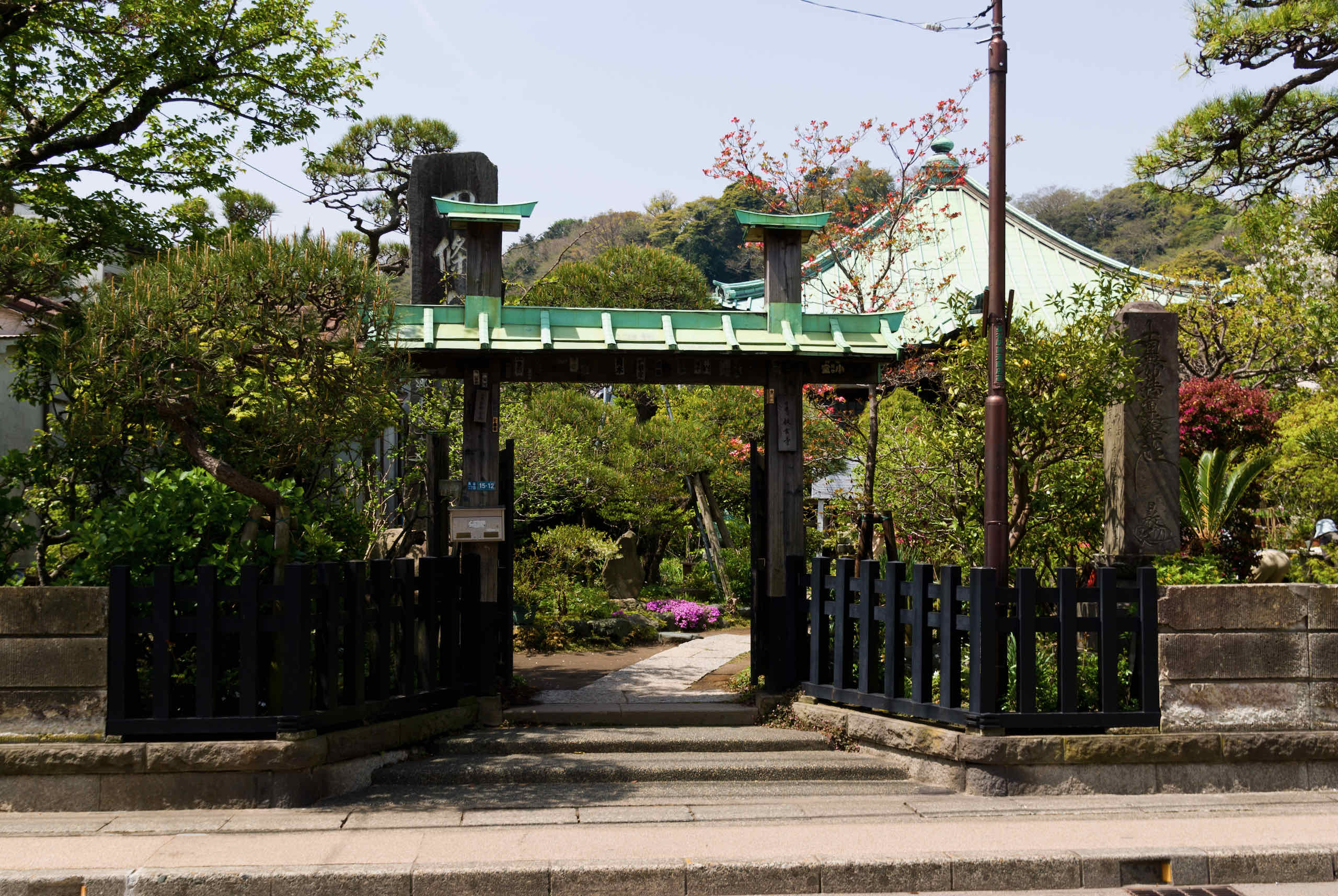
We visited Kamakura, a historical town. We discovered the Syuu Genji temple near the Hase station and some quaint shops.
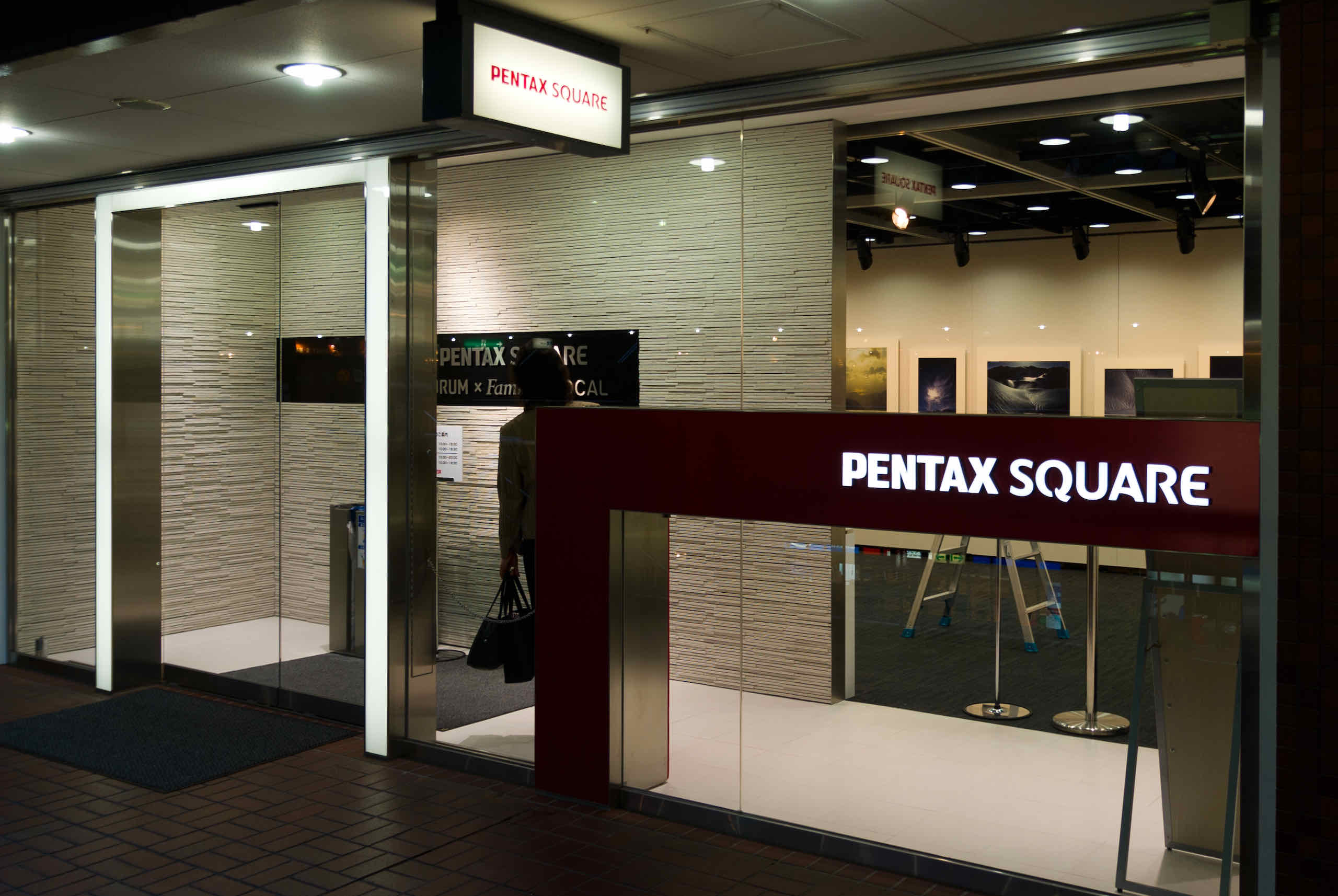
PENTAX SQUARE is a mix of photographic gallery (Pentax FORUM), users's education facility (Pentax FOCAL) and user club (Pentax Family).
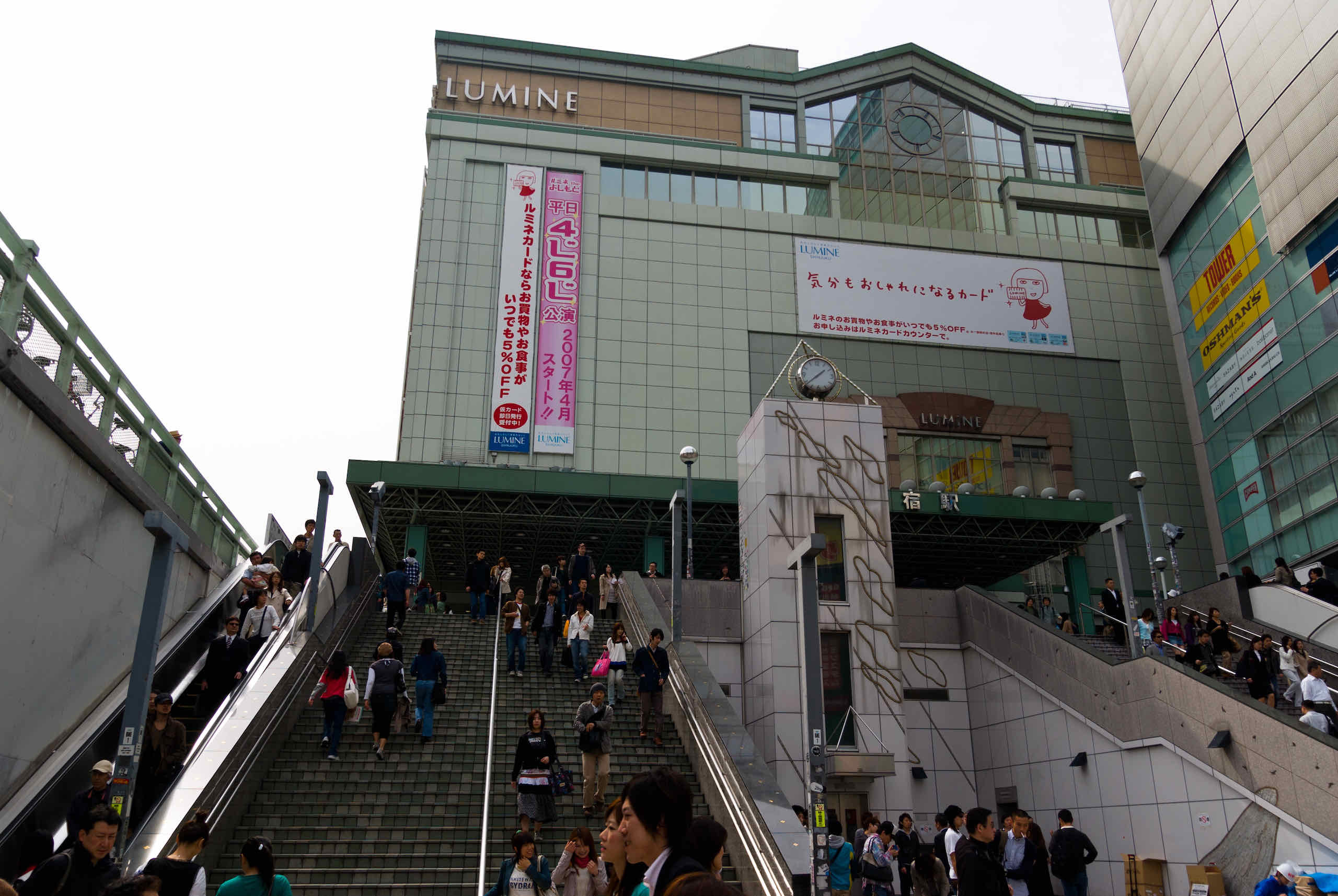
From Shibuya, we took train back to Shinjuku and explored the south side, as well as the side closest to our hotel.
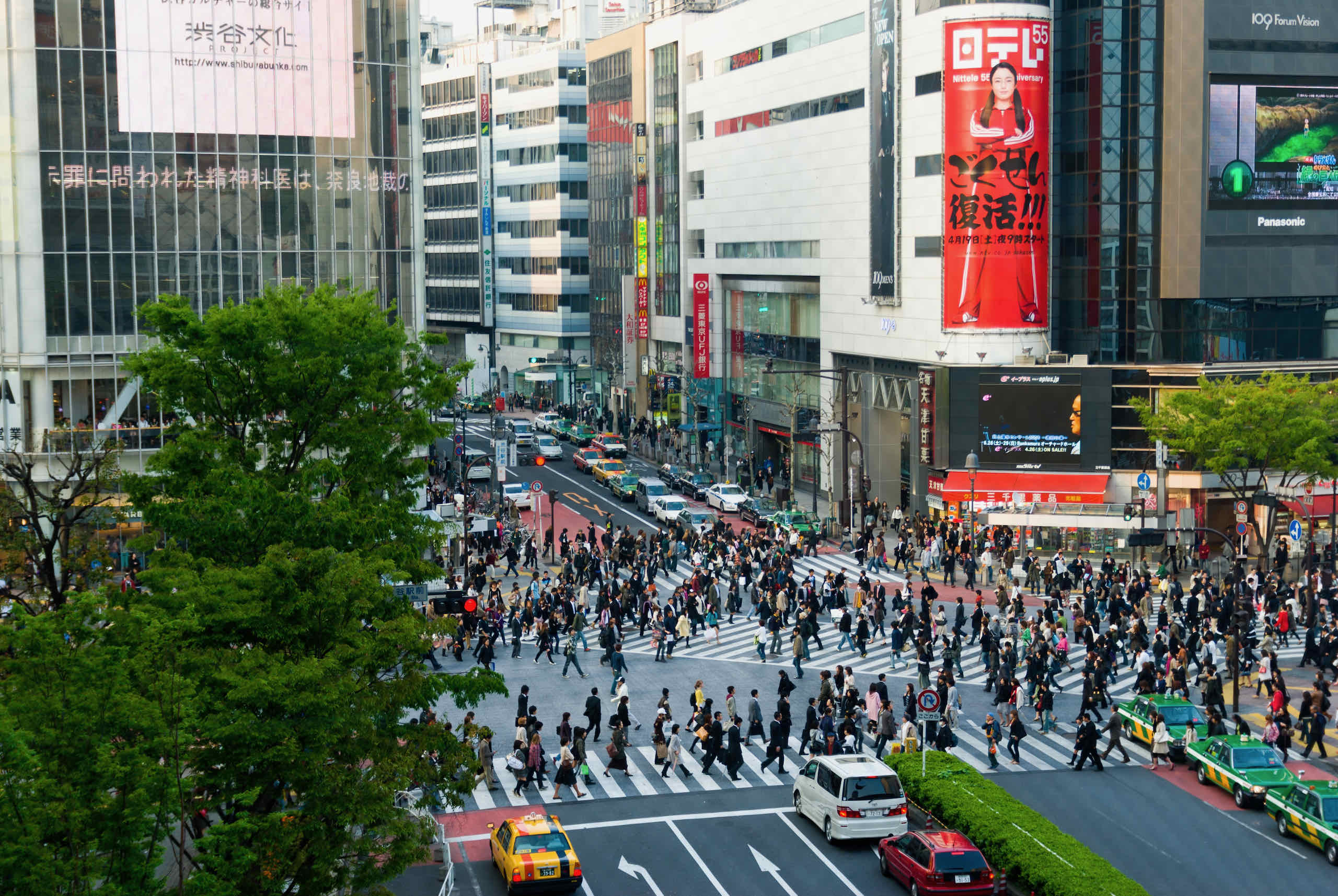
Shibuya is famous for the world's busiest pedestrian crossing, the statue of a loyal dog, and stylish fashion stores for young women.
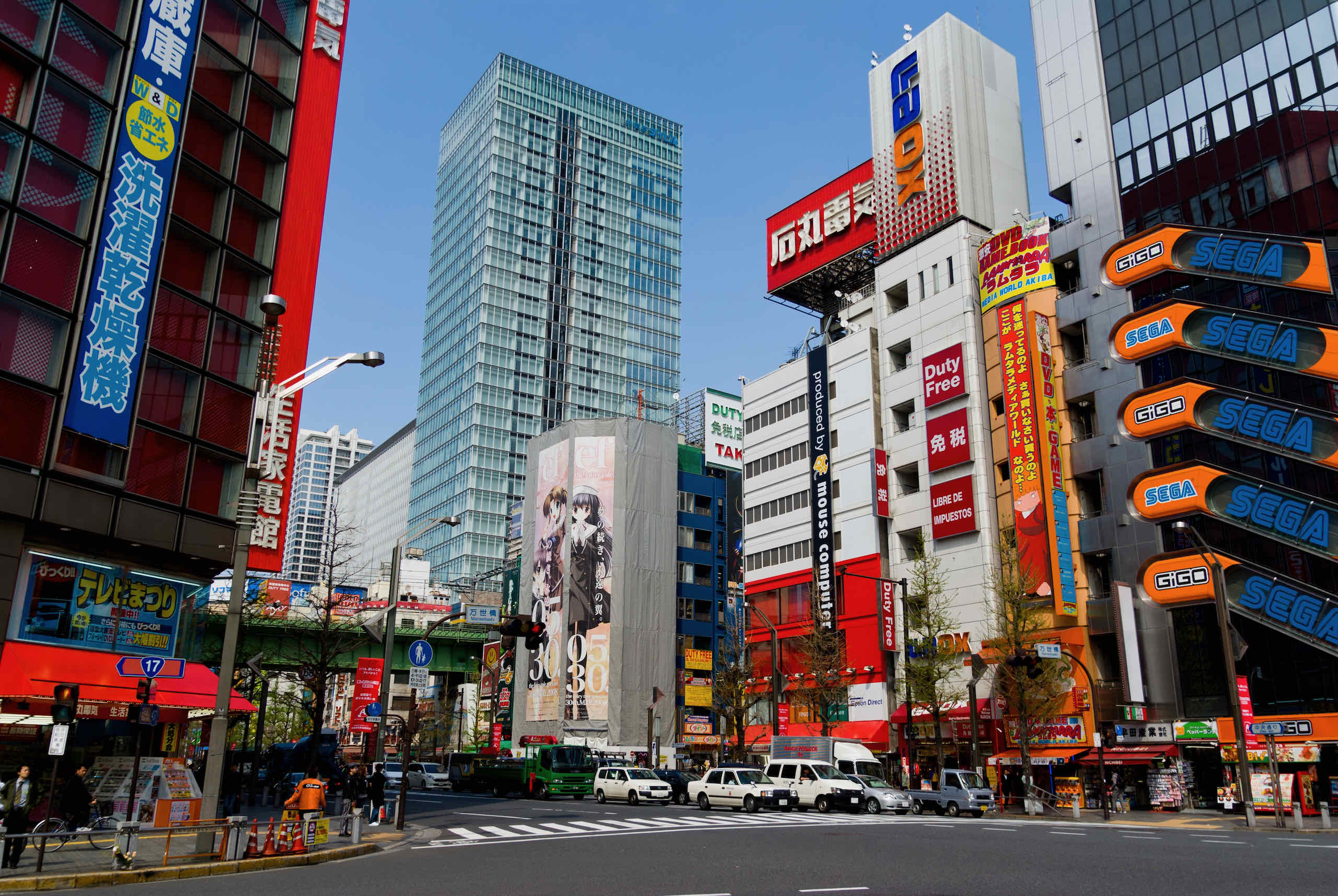
Akihabara is a suburb full of stores that specialise in electrical goods. Also known as Electric Town, it has everything an otaku wants.
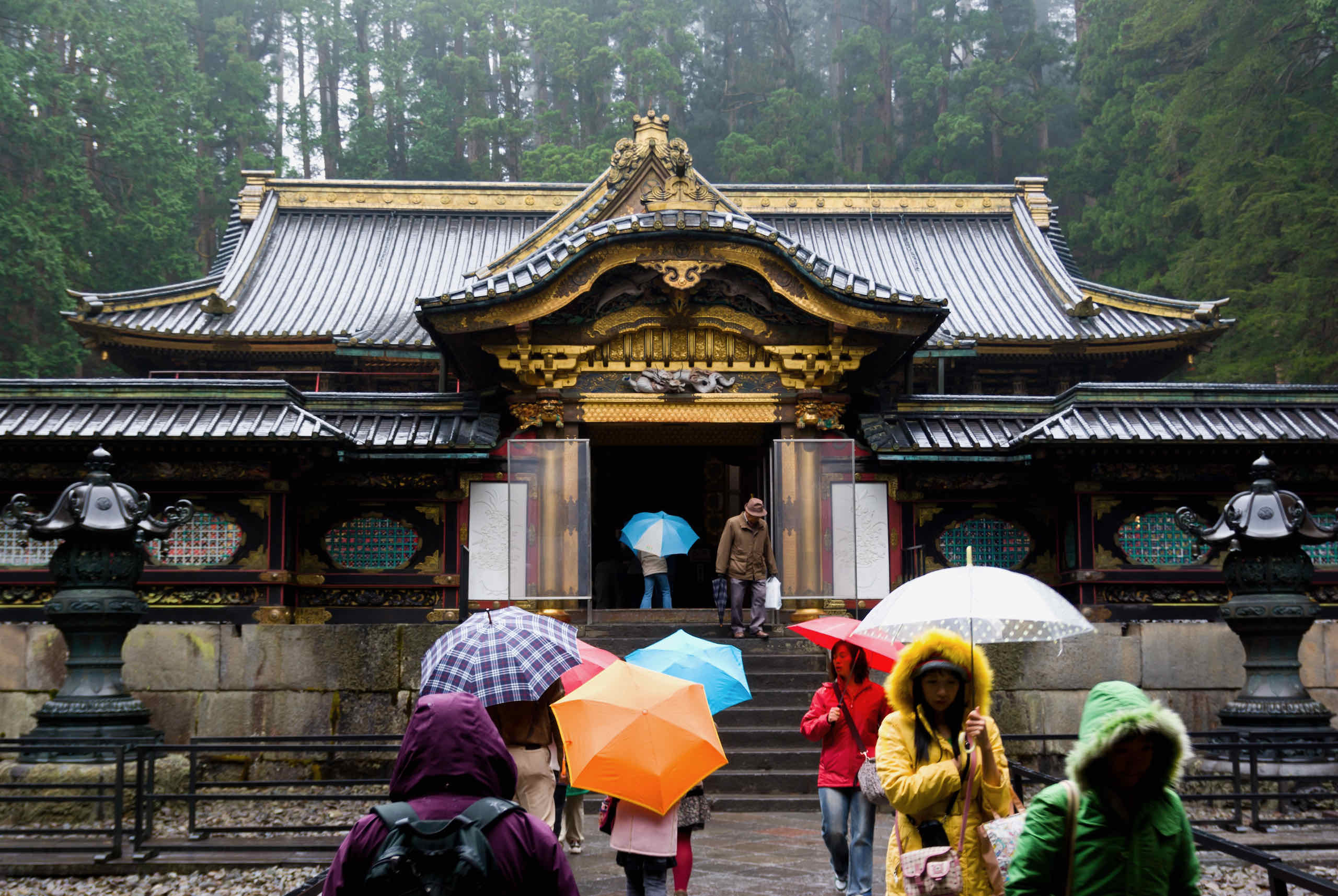
The Taiyuin Mausoleum honours Tokugawa Iemitsu (1604–1651), the third Tokugawa shogun, and is also part of the UNESCO World Heritage site.
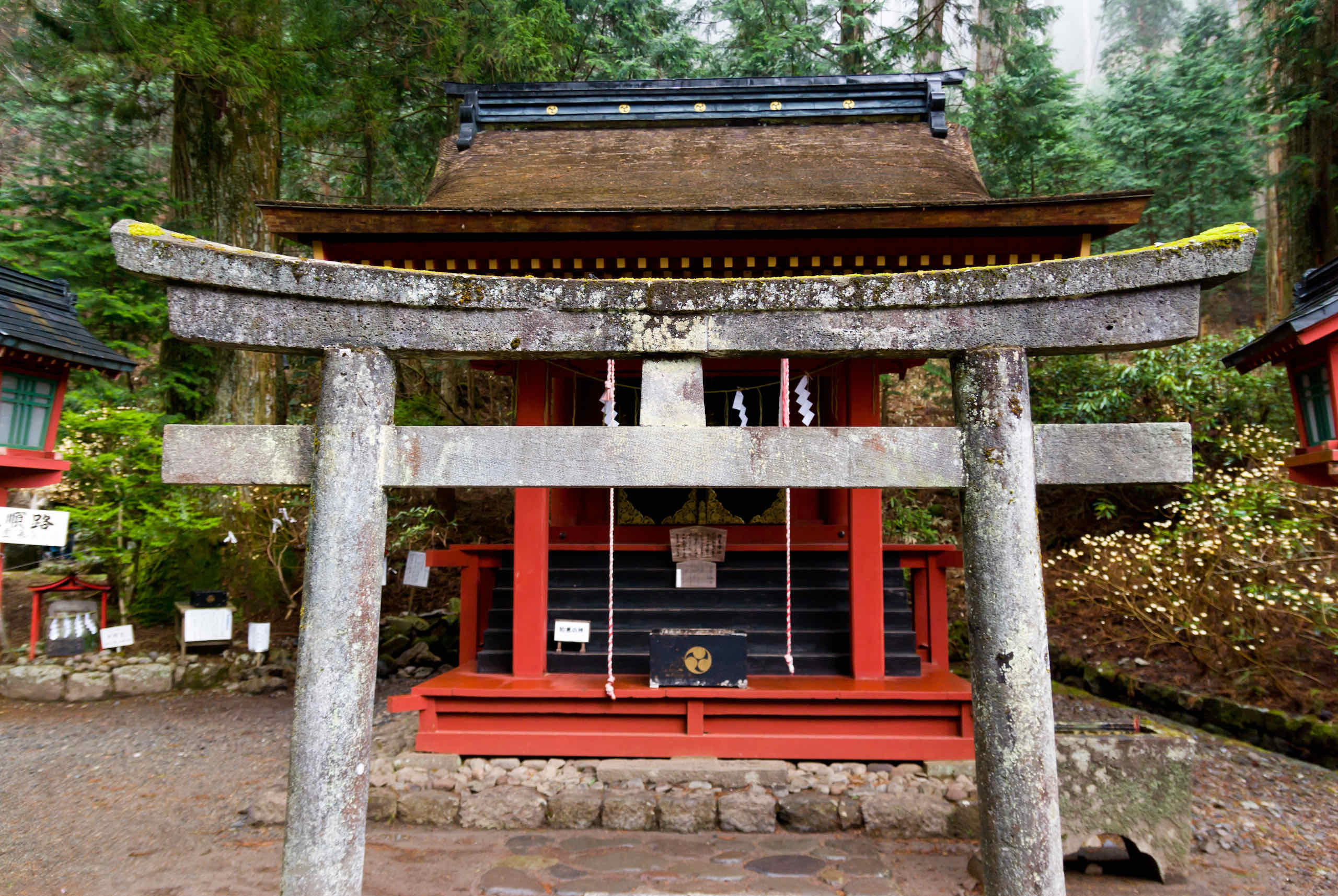
Futarasan shrine enshrines three deities: Ōkuninushi, Tagorihime, and Ajisukitakahikone, and is part of the Nikko UNESCO World Heritage Site.
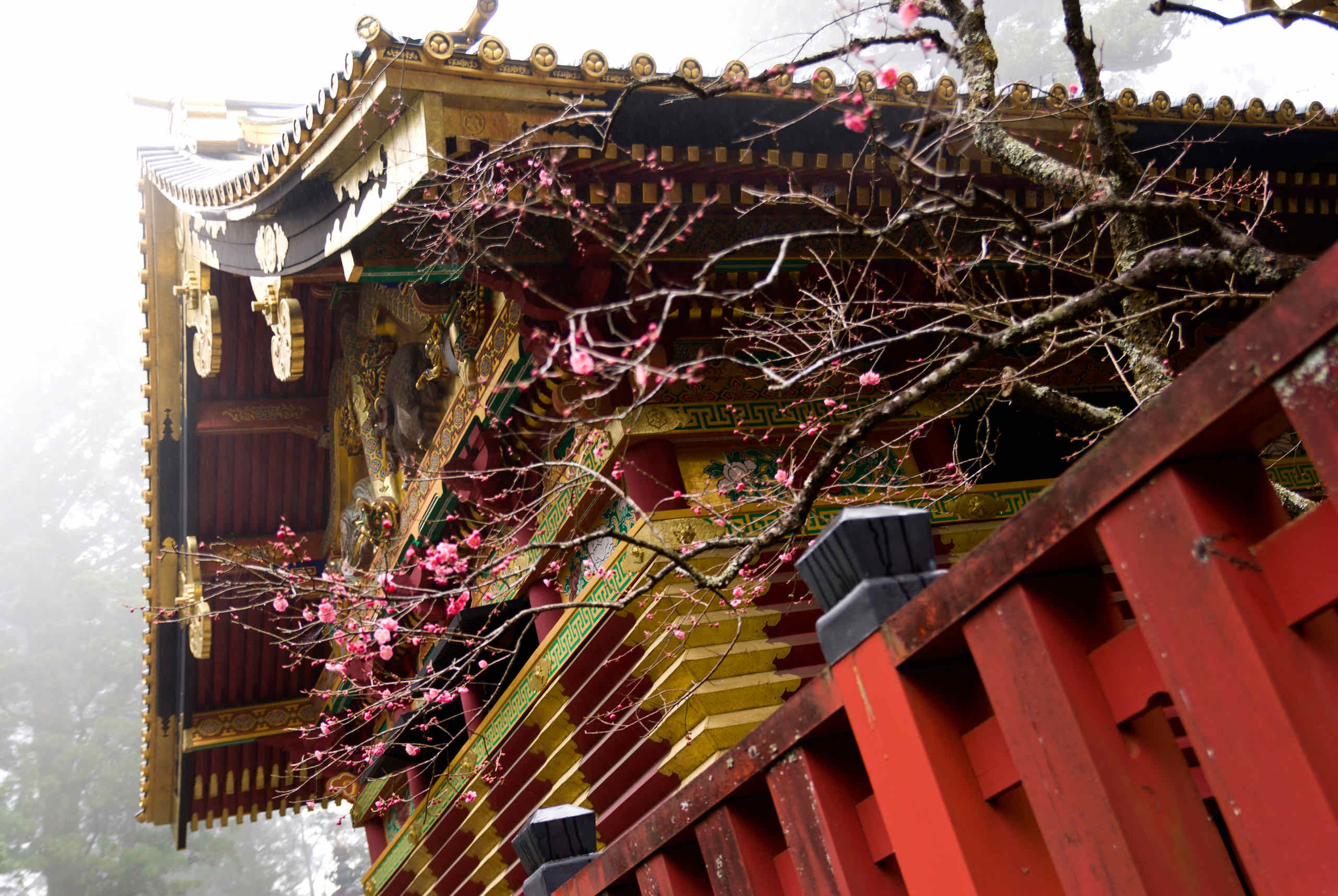
Toushouguu Shrine is the most famous shrine in Nikko and the final resting place for the remains of Japan's greatest shogun, Tokugawa Ieyasu.
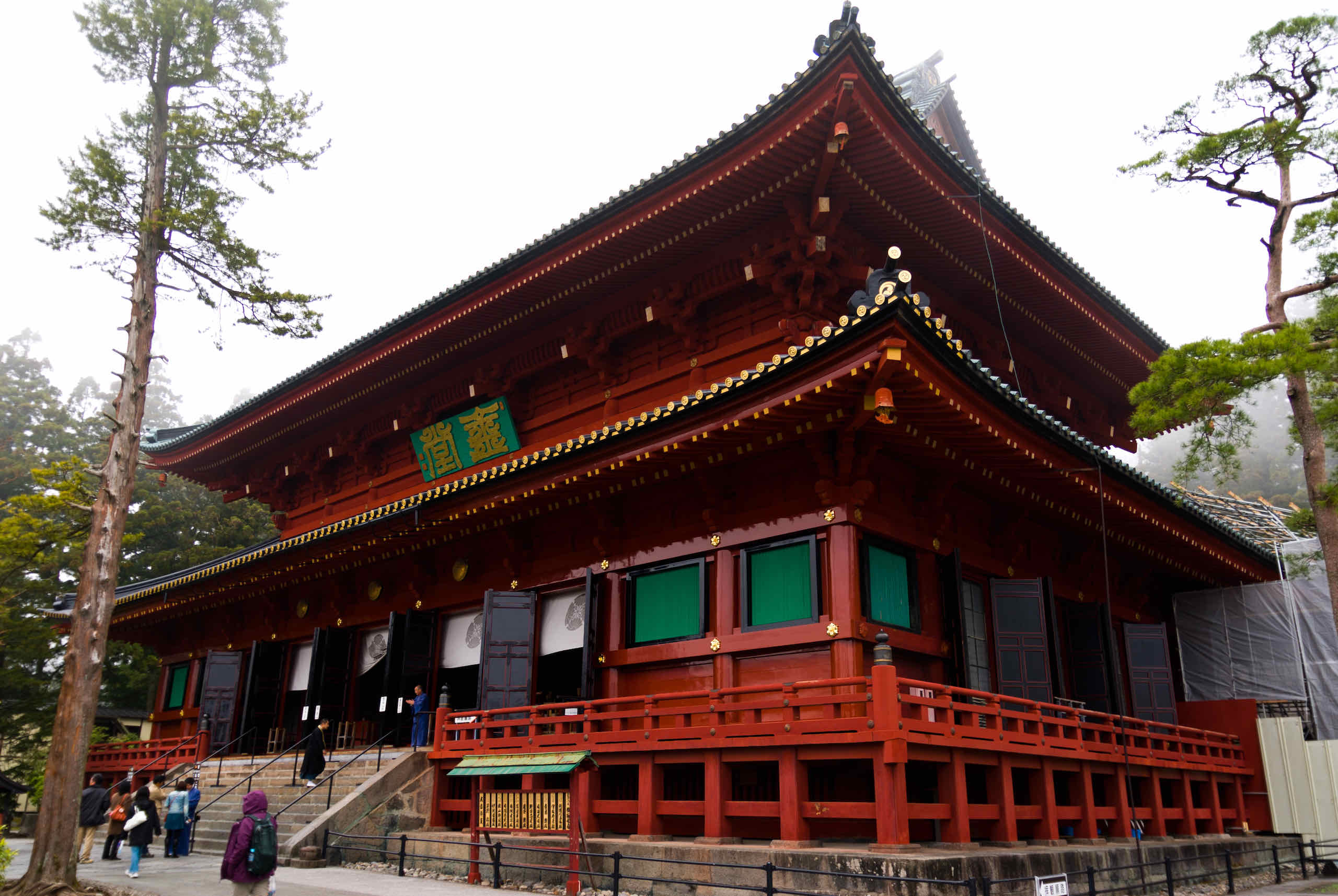
Rinnouji Temple is a Tendai Buddhist temple in the city of Nikko. It is part of the Shrines and Temples of Nikko UNESCO World Heritage Site.
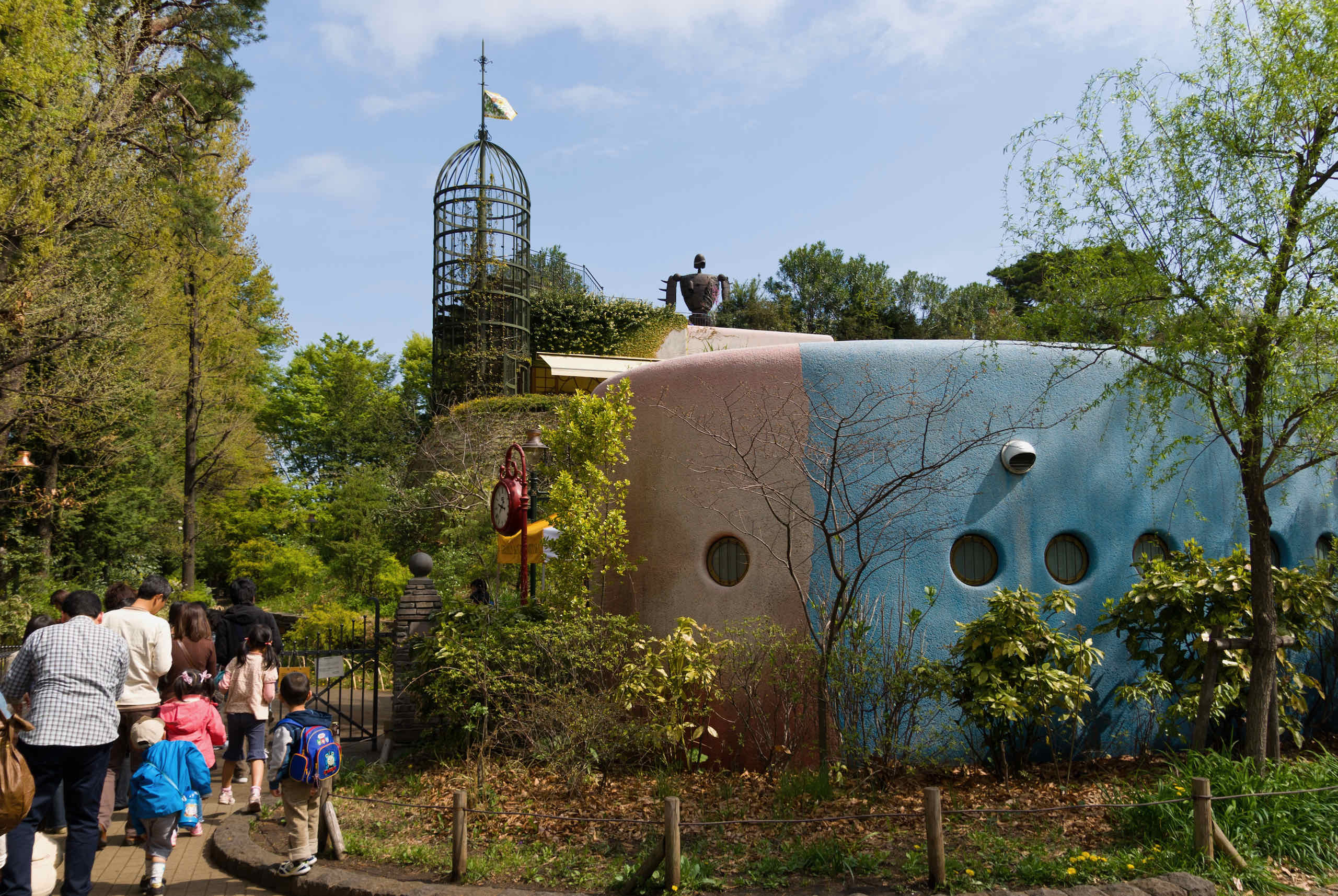
The Ghibli Museum is dedicated to the creative output of Studio Ghibli - an animation film studio featuring director Miyazaki Hayao.
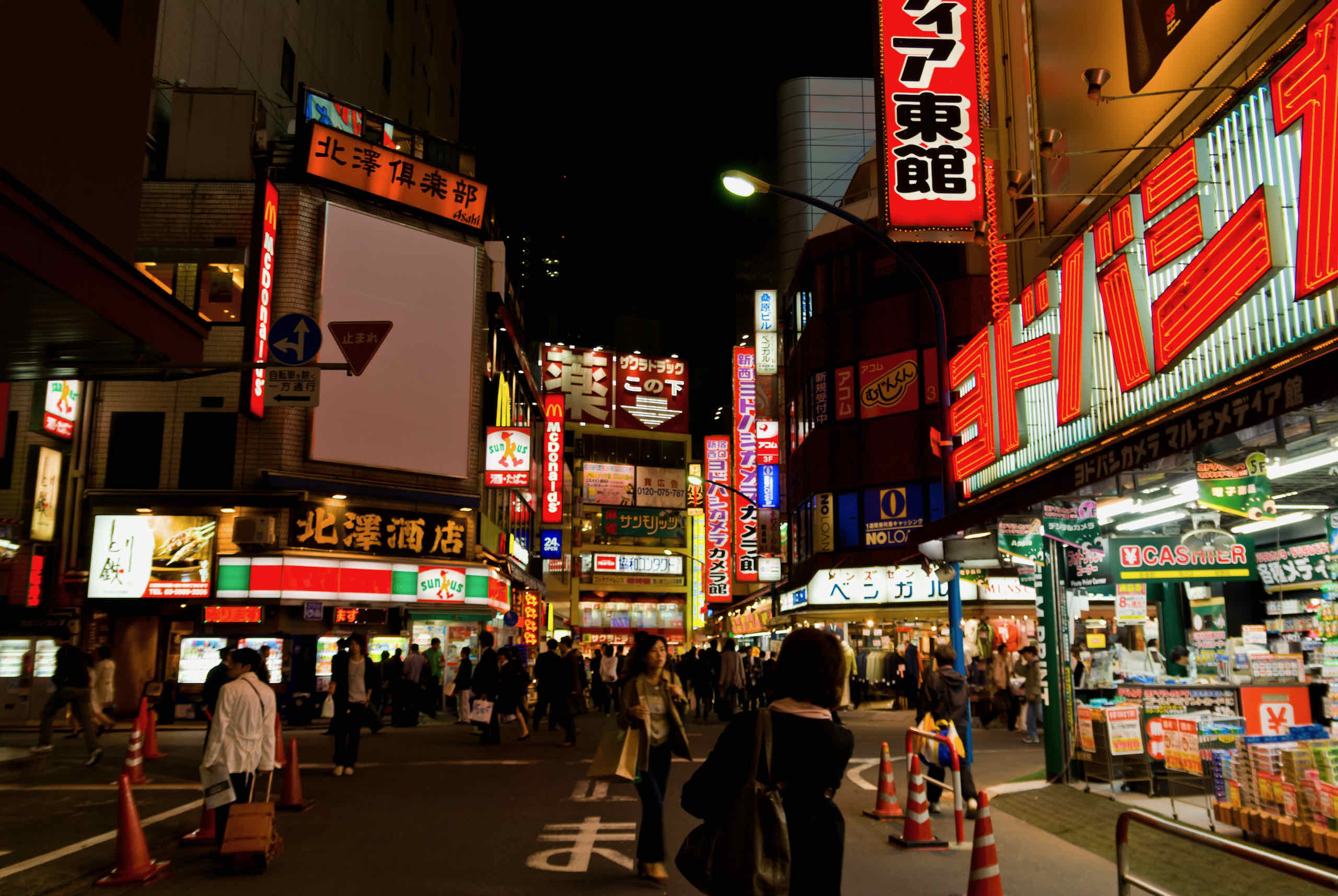
We had dinner at a ramen shop near the station. After dinner, we wandered around Shinjuku at night - particularly Electric Street (電気街).
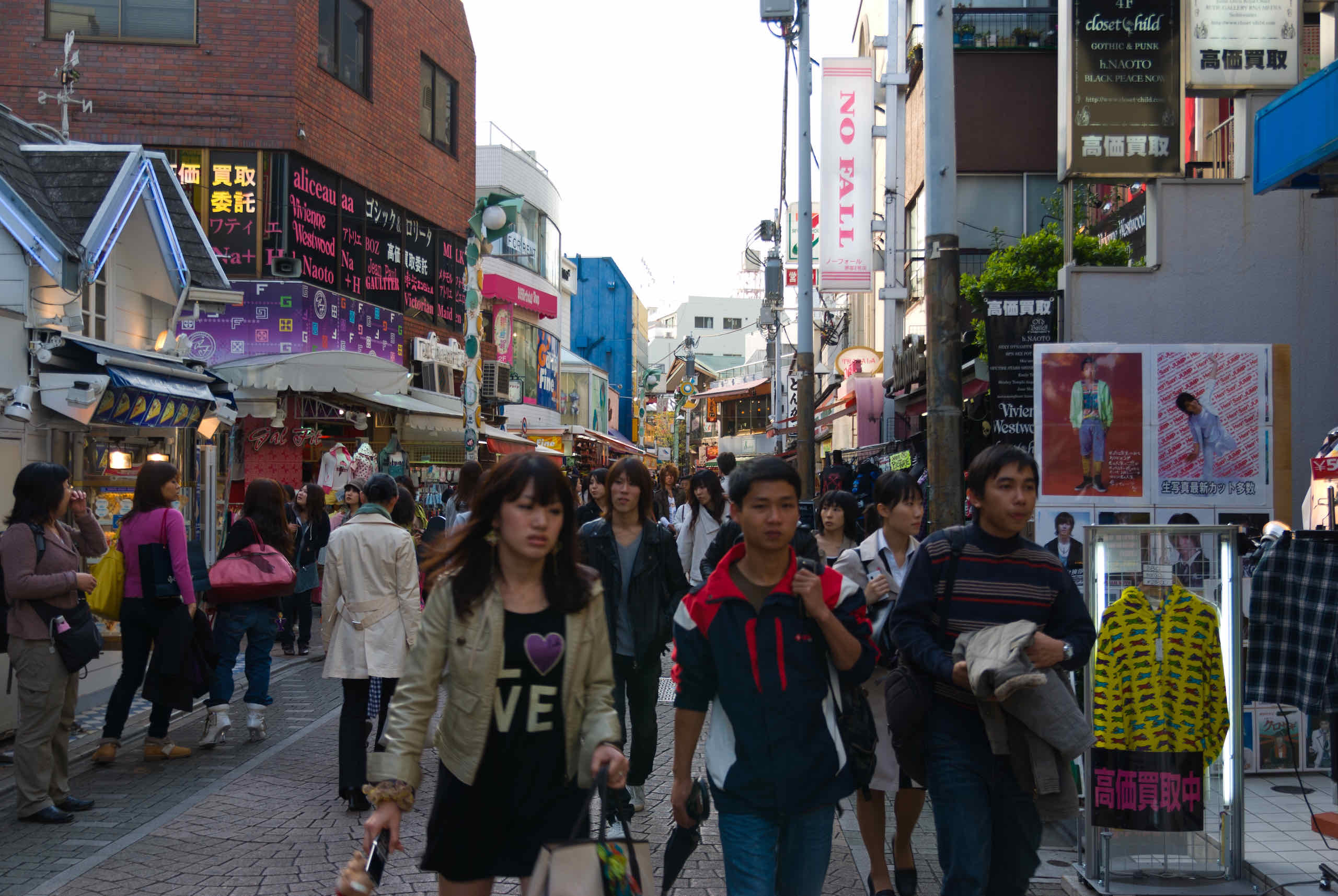
Harajuku has been epitomised in popular culture as a hang-out for rebellious Japanese teenagers with their own fashion style.
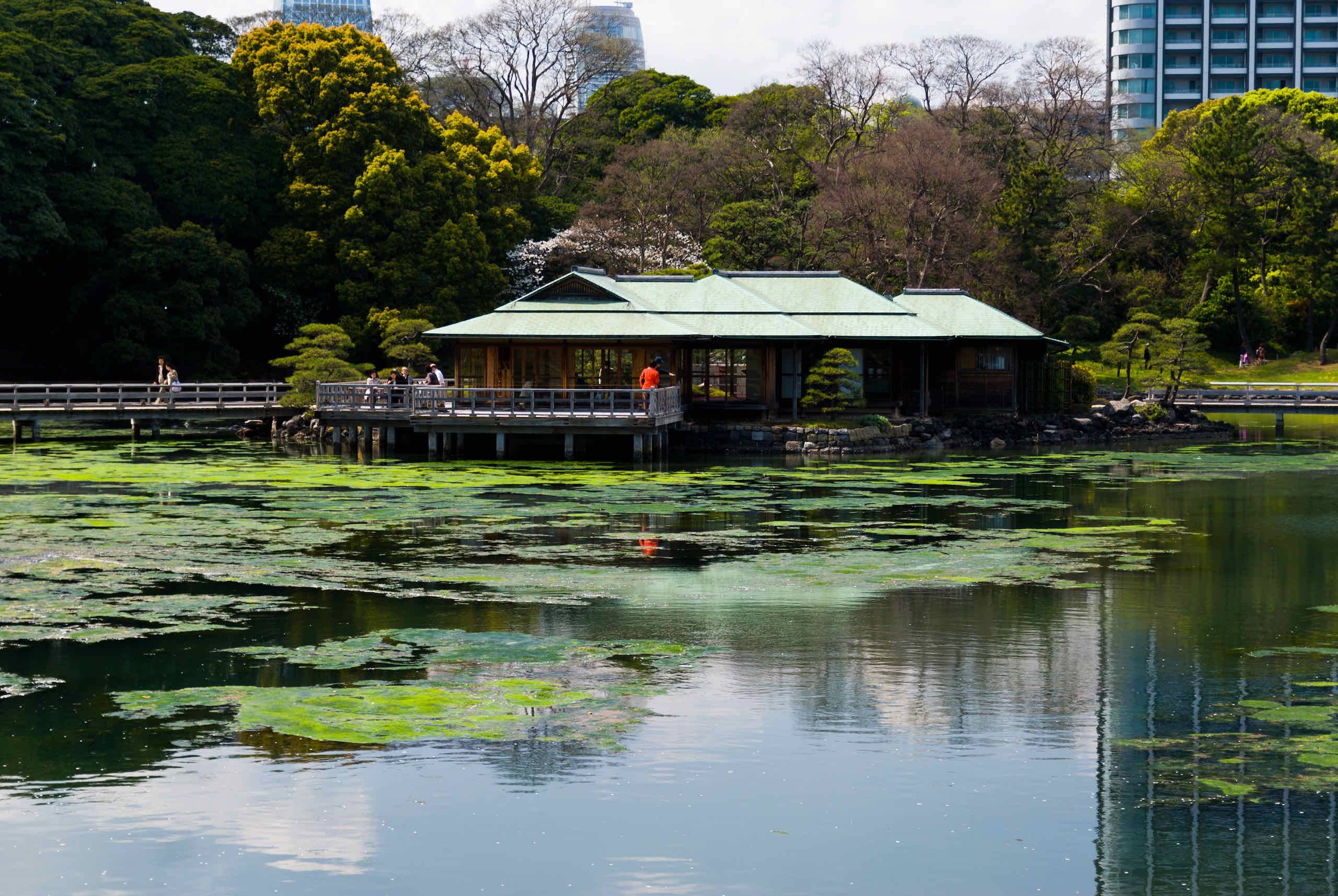
The Hamarikyu Garden used to belong to a daimyo (feudal lord) during the Edo period and used for wild duck hunting and falconry.
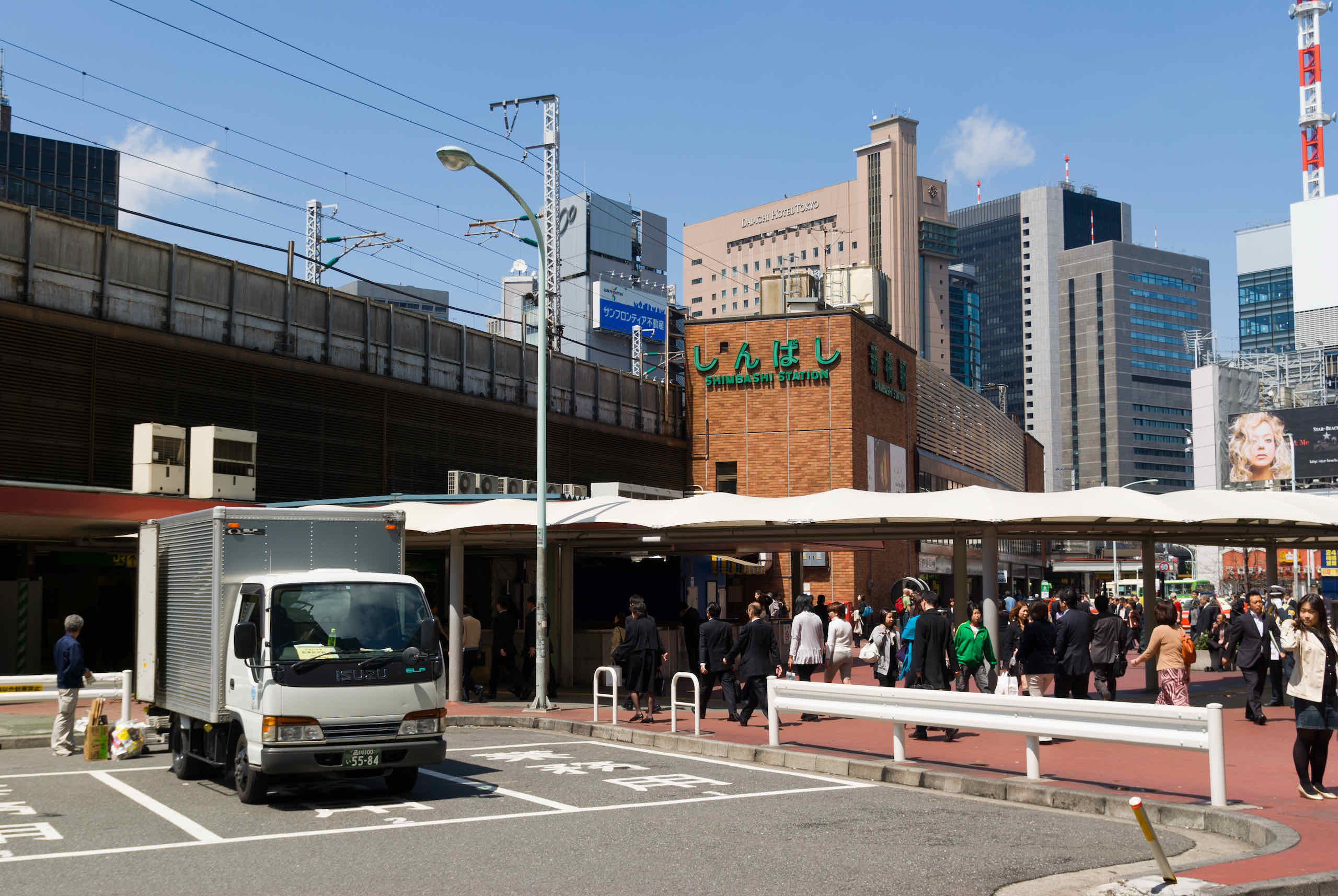
Shinbashi ("New Bridge") was a bridge built across the Shiodome River (since filled in). Today, it is a railway hub and commercial centre.
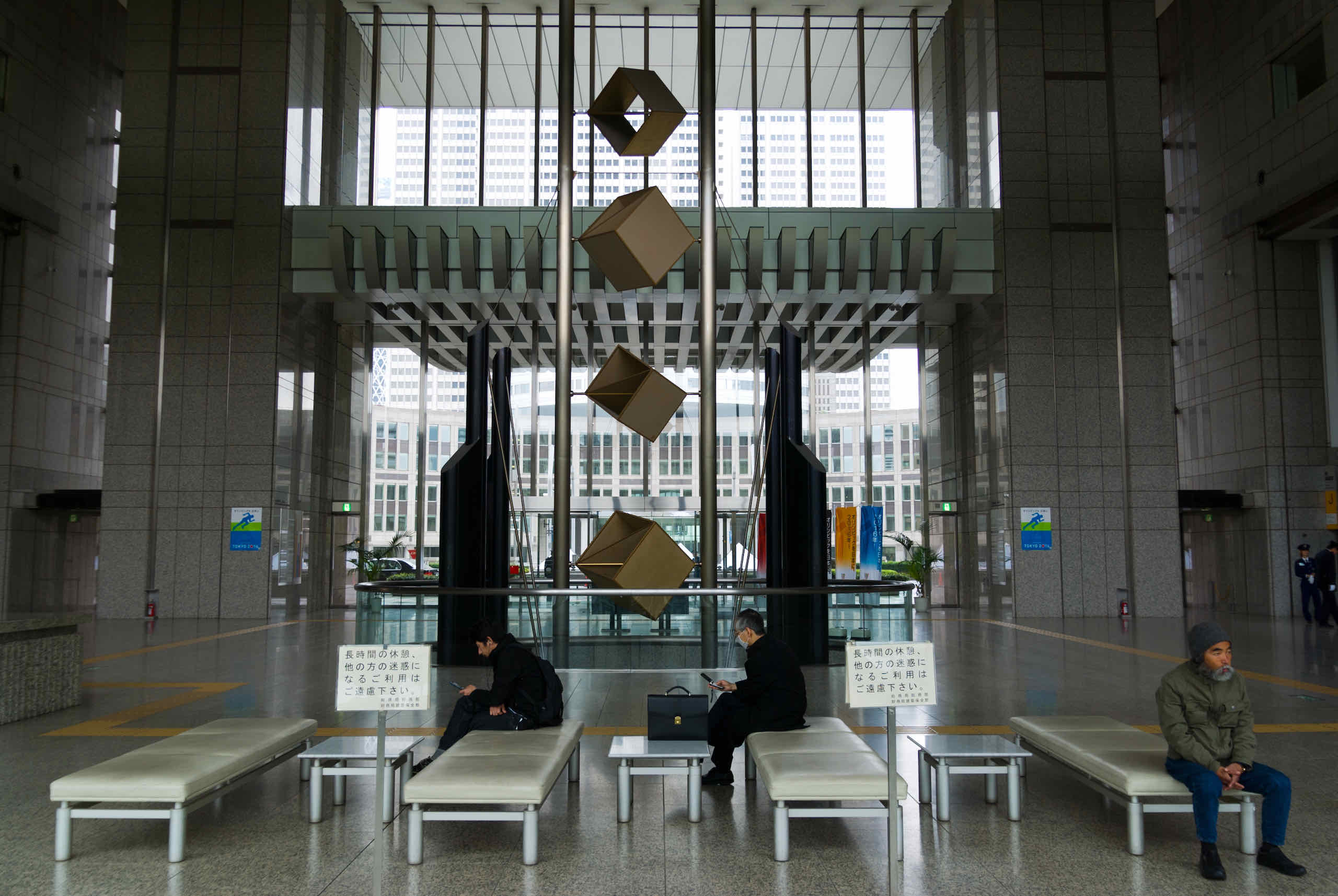
The Tokyo Metropolitan Government Building (東京都庁舎) is the tallest city hall in the world, with observation decks proving amazing views.
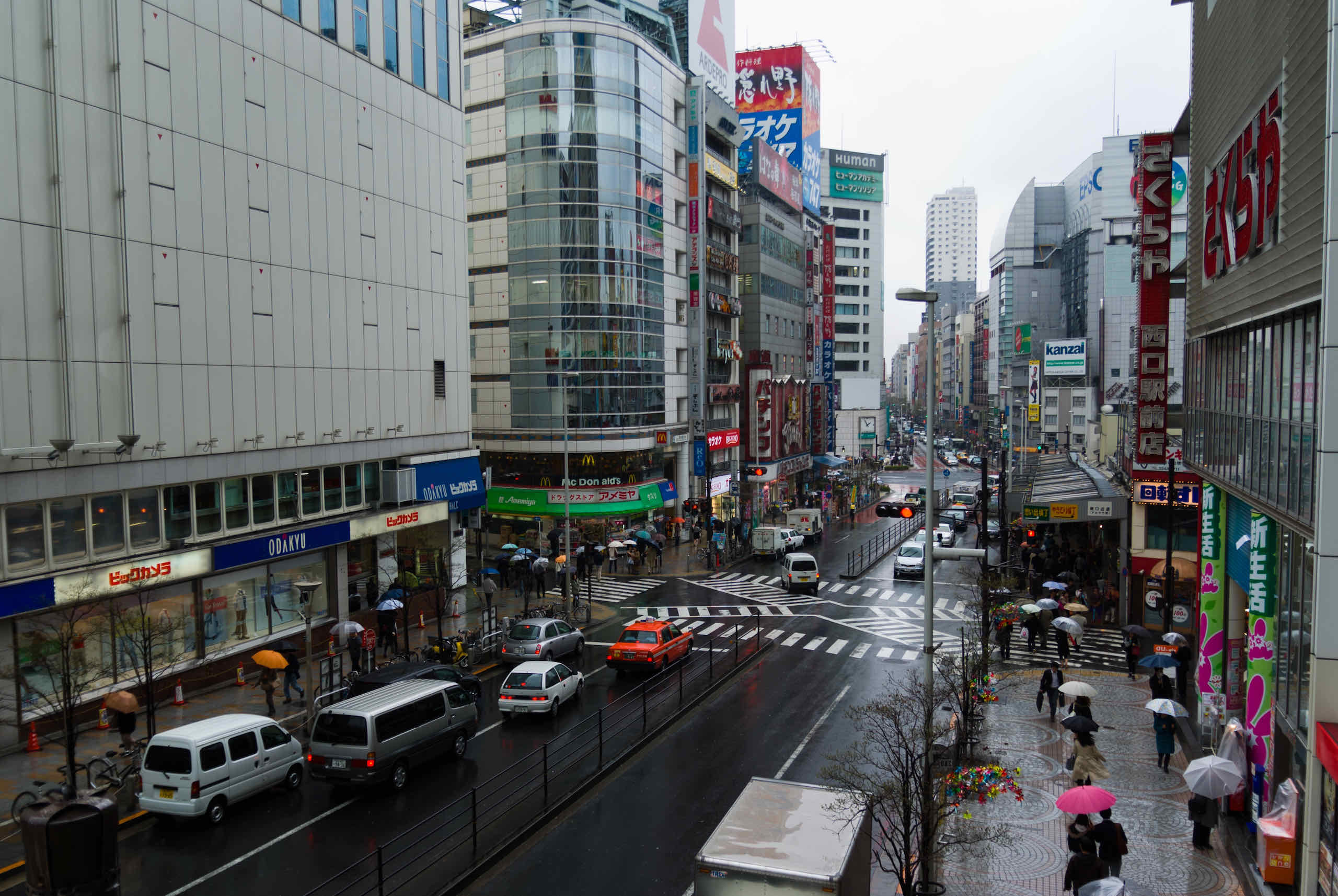
Shinjuku is a major commercial and administrative centre with many skyscrapers, and the busiest railway station in the world.
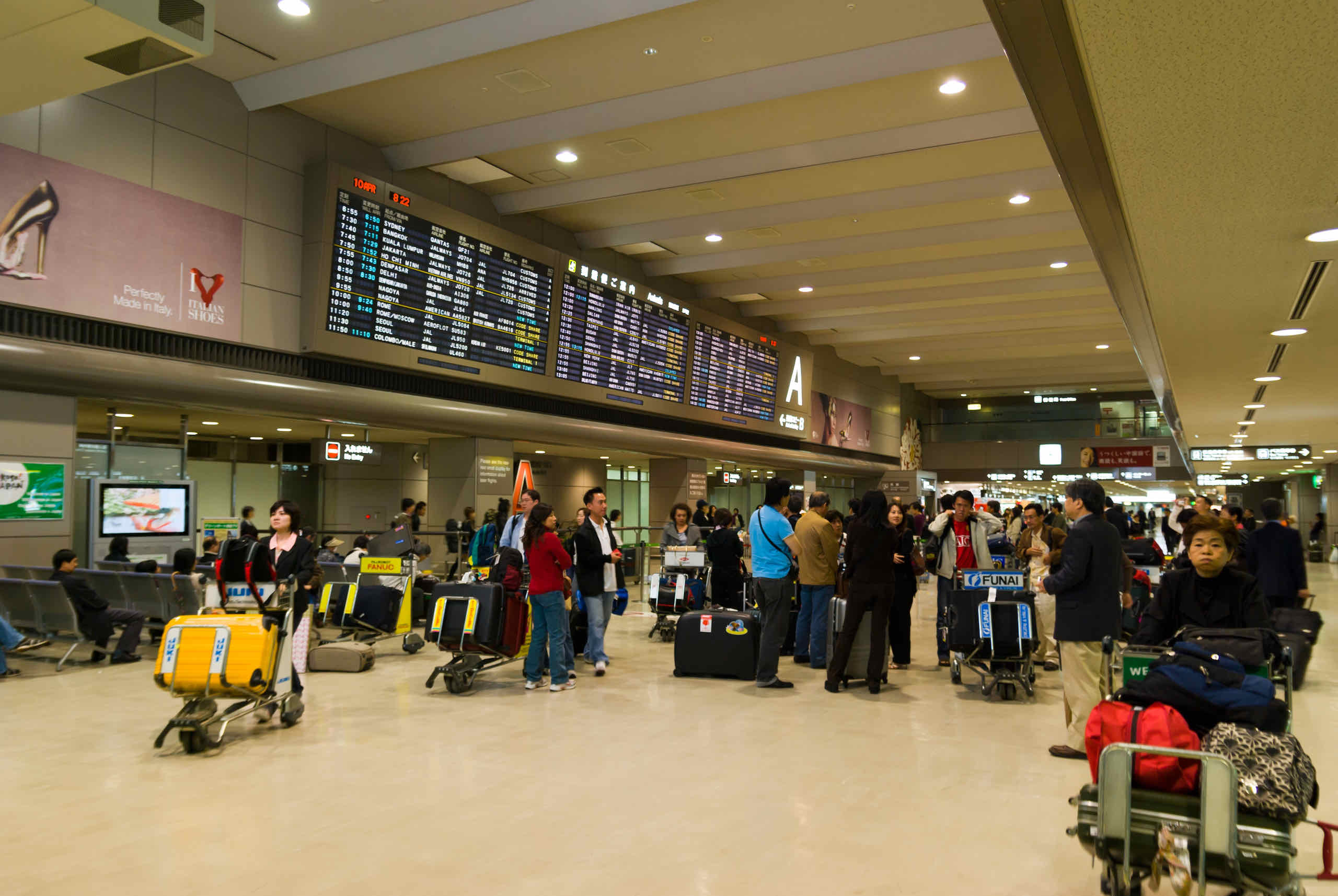
Our arrival in Tokyo from Sydney was early in the morning. The Qantas plane landed in Narita Airport, and we took the express to Shinjuku.

